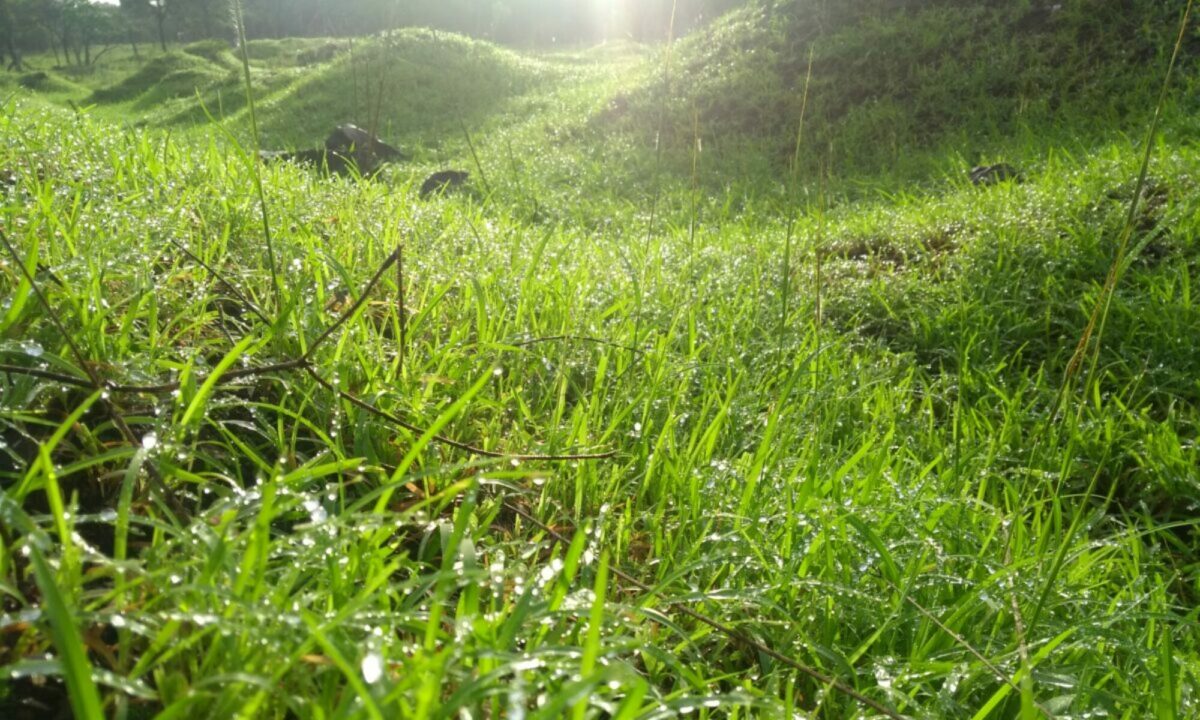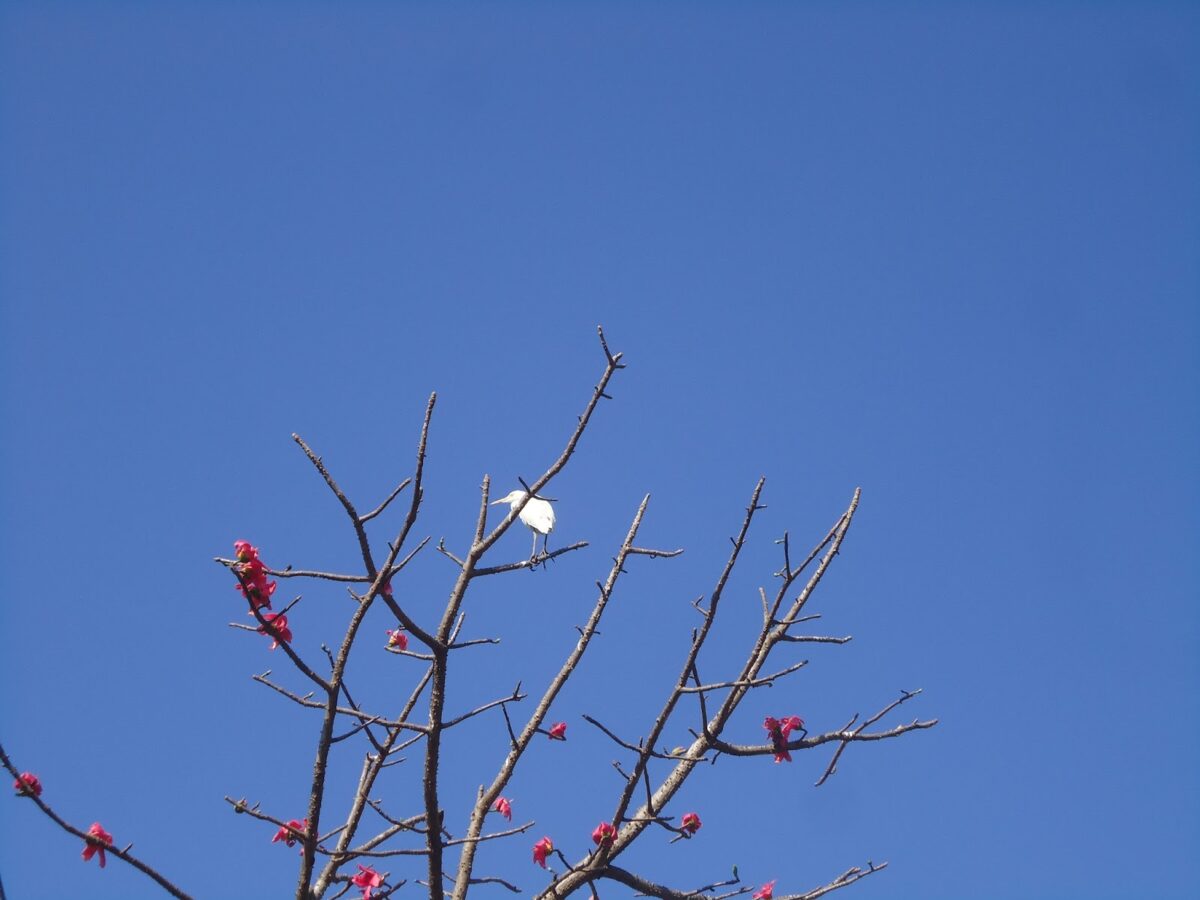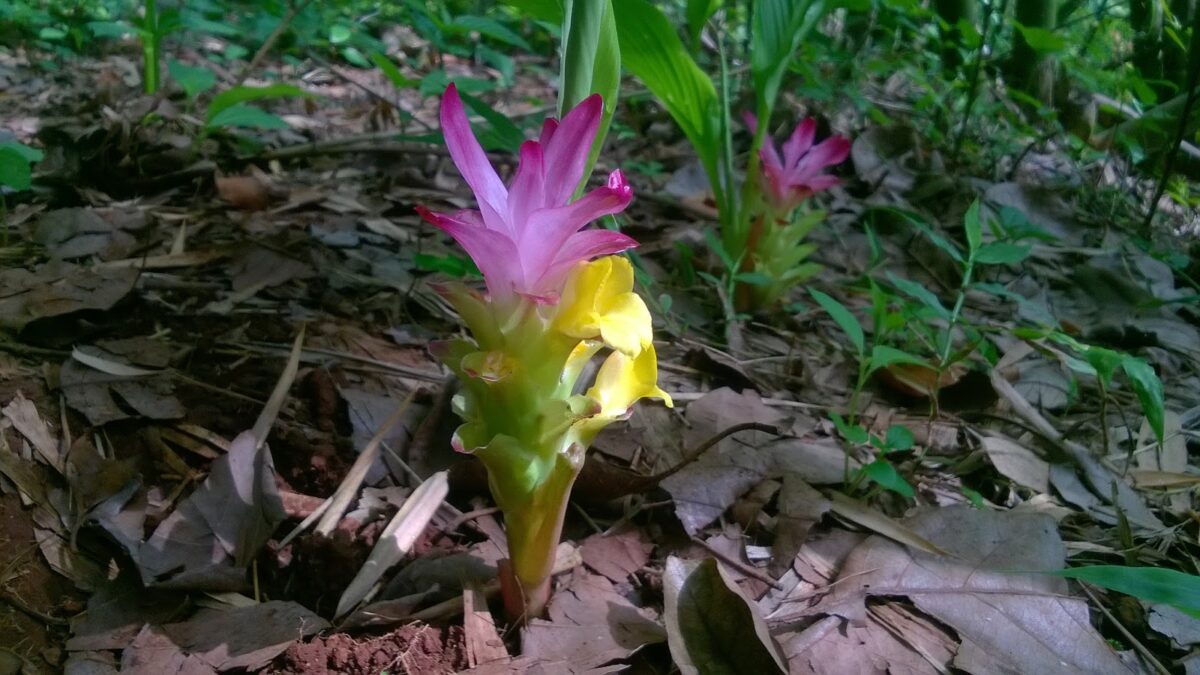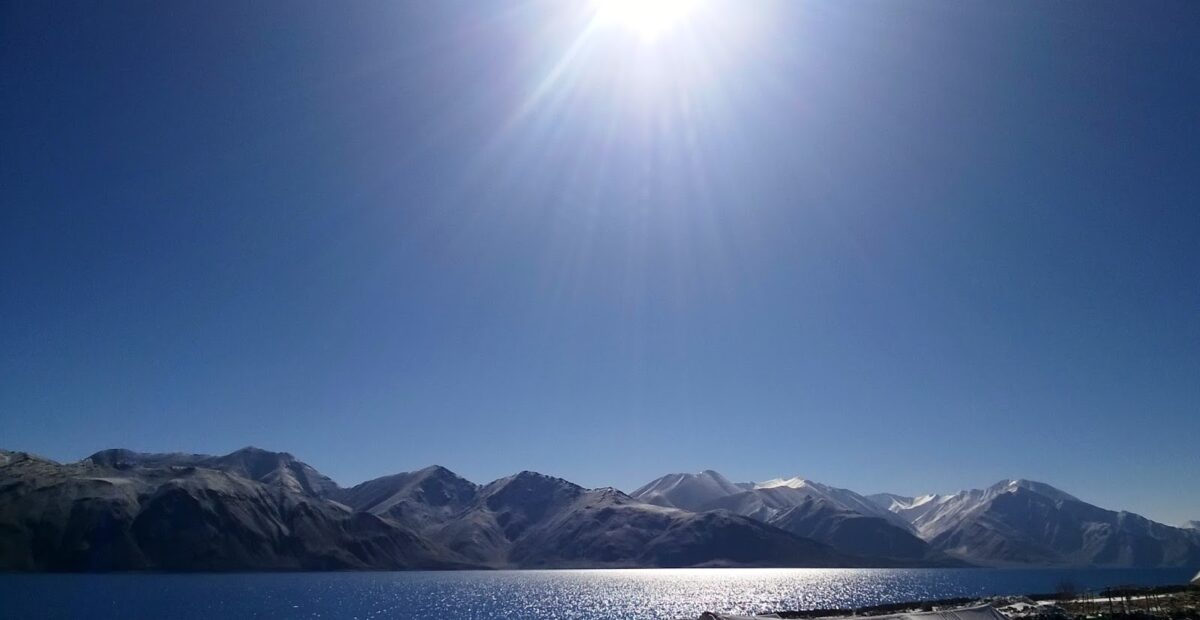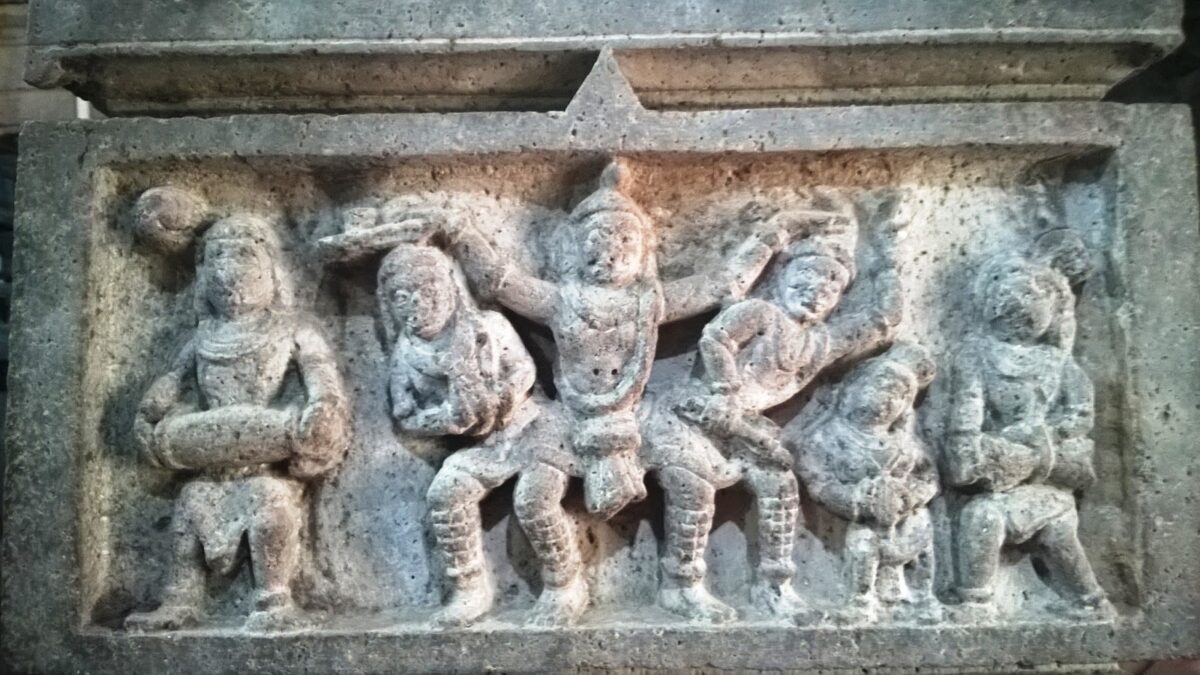 |
| Pun-in-Sculpture at Kikli, near Satara |
Bird (Wordless Wednesday)
A Trek For All Reasons
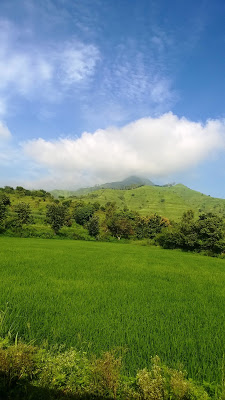 |
| The picturesque countryside beckons |
After an early start from Pune, we drove down to the Korle village and walked up to Raireshwar. The track was fairly easy except for large stones embedded in the track. Monsoon rains in the initial part of the season had painted the entire region into brilliant green hues. However the rain gods had frowned upon the state it was no different for us.. the easy trek turned to a tough one as we had to deal with the blazing sun. The occasional cloud drifted across to provide some relief as did three water falls flowing down from the top of the mountain range. This climb can take about an hour in good weather.
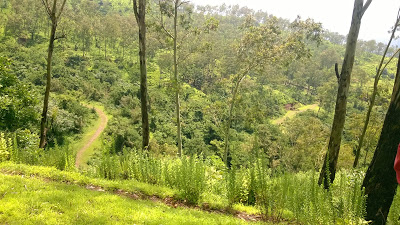 |
| Spot the track as it winds up the mountain |
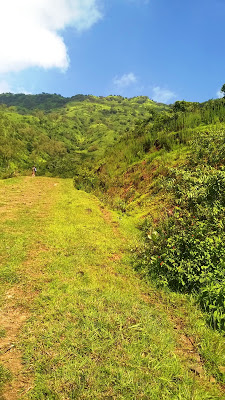 |
| Walking up in the blazing merciless sun |
The track joins the tarred road for a short while and again turns towards the plateau. Technically, the route is motorable till the base of the steps and one need not trek up all the way (Its the Ghera Kenjalgad road according to my map). Of course that means missing out on some phenomenal views, raptor sightings as well as the changing flora with increasing elevation. So take your pick!
The steps that I have mentioned are part stone part iron ladders into and over the craggy mountain face and have a protective hand rail on one side. They are sufficiently wide for a trekker to climb up along with her gear. While we had only a gentle breeze to break the heat of the sun, I am sure the situation must be different on other days considering that we were now at over 4000 feet above sea level. Yet the view as one climbs up is stupendous, breathtaking, plus every other adjective you can think of.. provided one does not have fear of heights!
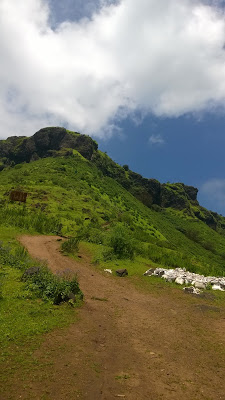 |
| Zoom in to see the steps |
The steps taper off into the plateau where I met a couple of boys selling ‘ताक’ (buttermilk). They were perched in the branches of a tree with the container hanging from the lowest branch. What a great spot to sell to thirsty weary trekkers! We gladly took the glass he offered (Rs 10) but it did not offer the relief that buttermilk usually does, due its intense garlic garnish! I wonder why they did that…
Unlike Kas, the plateau was not totally flat but had some gentle undulations and all were covered with the cream/yellow coloured blossoms of the Indian Arrowroot (called Chavar in Marathi) – Curcuma caulina. I’ll let my photos do the rest of the talking with respect to flowers!
 |
| At the top |
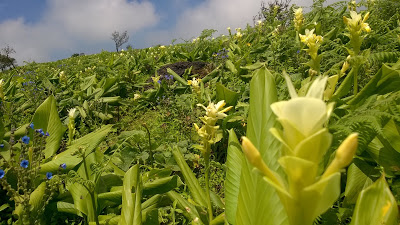 |
| Curcuma caulina flowers (Chavar) |
We had to walk some distance (possibly about a kilometer but seemed like much more in the intense sun) to reach the temple area. Raireshwar is home to the temple where the young 16-year old Shivaji cut his finger at the Shiva temple to take oath of a Hindavi Swaraj. Hence the huge historical importance of Raireshwar. (The pujari had left by the time I made it to the temple so I was unable to get ‘darshan’) En route to the temple is a spring that emerges from a Gomukh. Beyond is the Pandav leni and a quarry that has sand with seven-colours. We could not make it to the caves or the quarry but I am told both are worth visiting. There is small village on the plateau and there was a board indicating a school… I wonder if it was functional…. The locals do provide simple wholesome fare which is well worth a try.
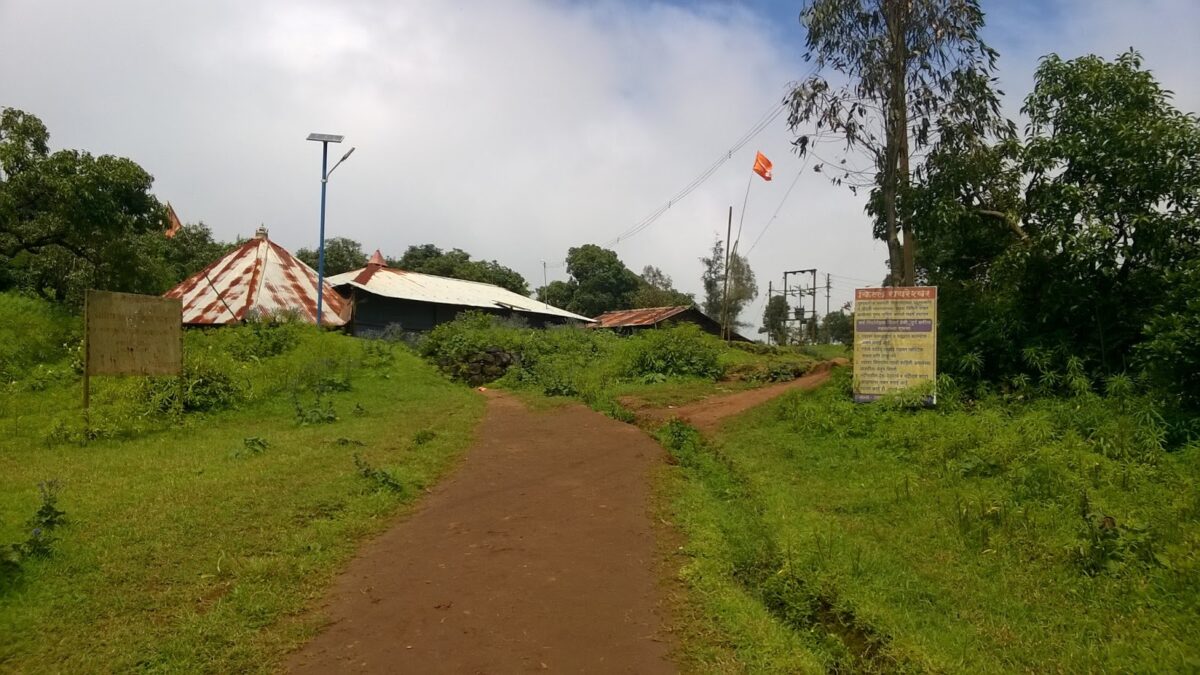 |
| The structure with the white roof is the temple where Shivba took oath of Hindavi Swaraj |
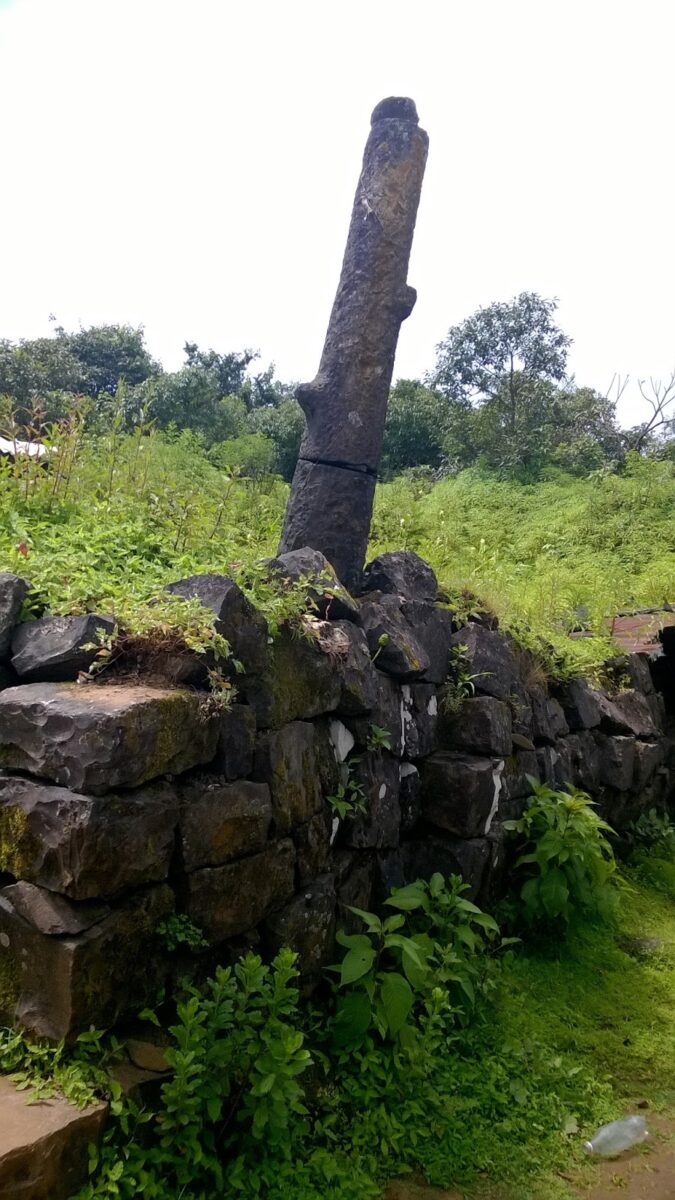 |
| Dipmal outside the temple |
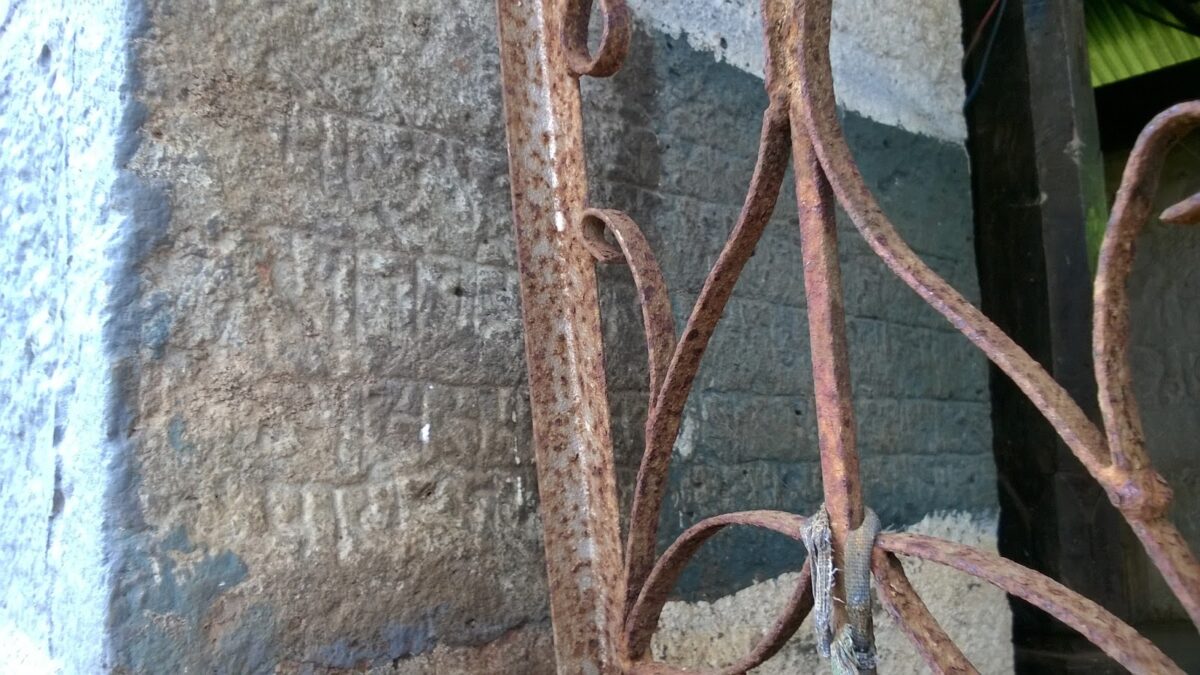 |
| Inscription in Modi script in the temple wall |
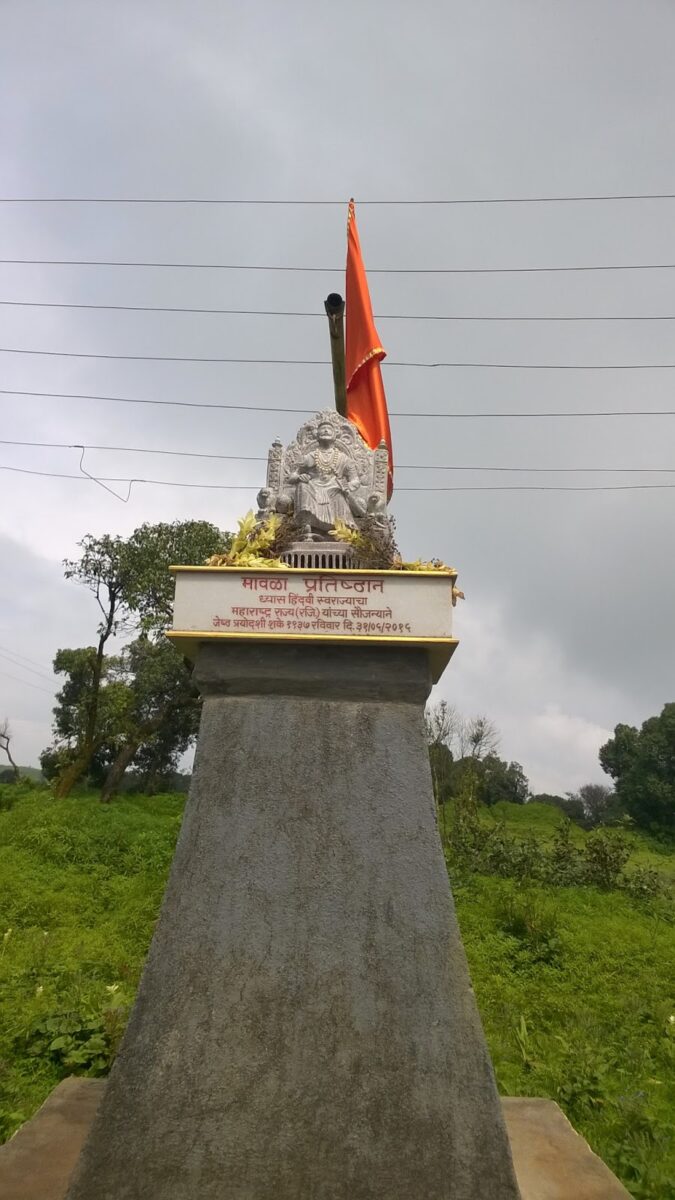 |
| Shivaji statue installed recently |
The return journey seemed faster possibly helped by some clouds that took the bite out of the sun. All in all a wonderful day’s trek from Pune… one that is certainly recommended especially if you like to spot and identify flora. We were lucky to see a Blue Mormon Butterfly!
All in all, this trek met all my criteria of a perfect weekend outing– walk, views, trees and flowers, history, heritage, new destination.
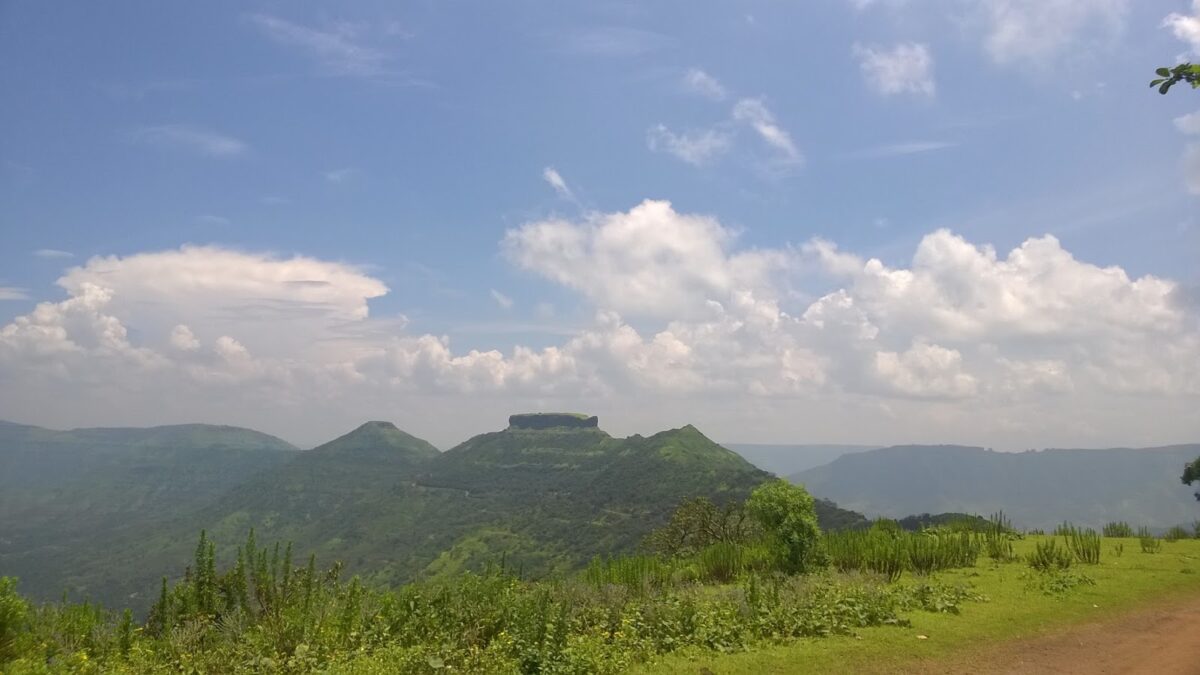 |
| Kenjalgad visible in the distance |
Inspired to plan a visit?? Here are some images of the flowers we spotted, to help strenthen your resolve
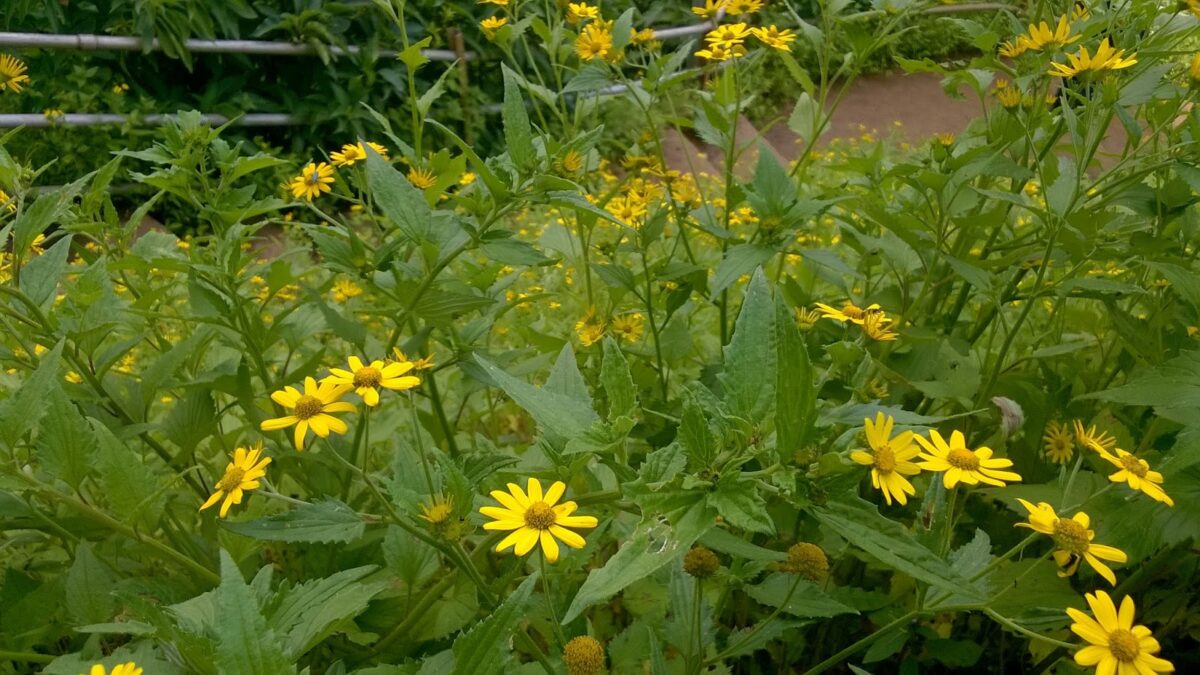 |
| Sun-kissed flowers seen growing along the steps |
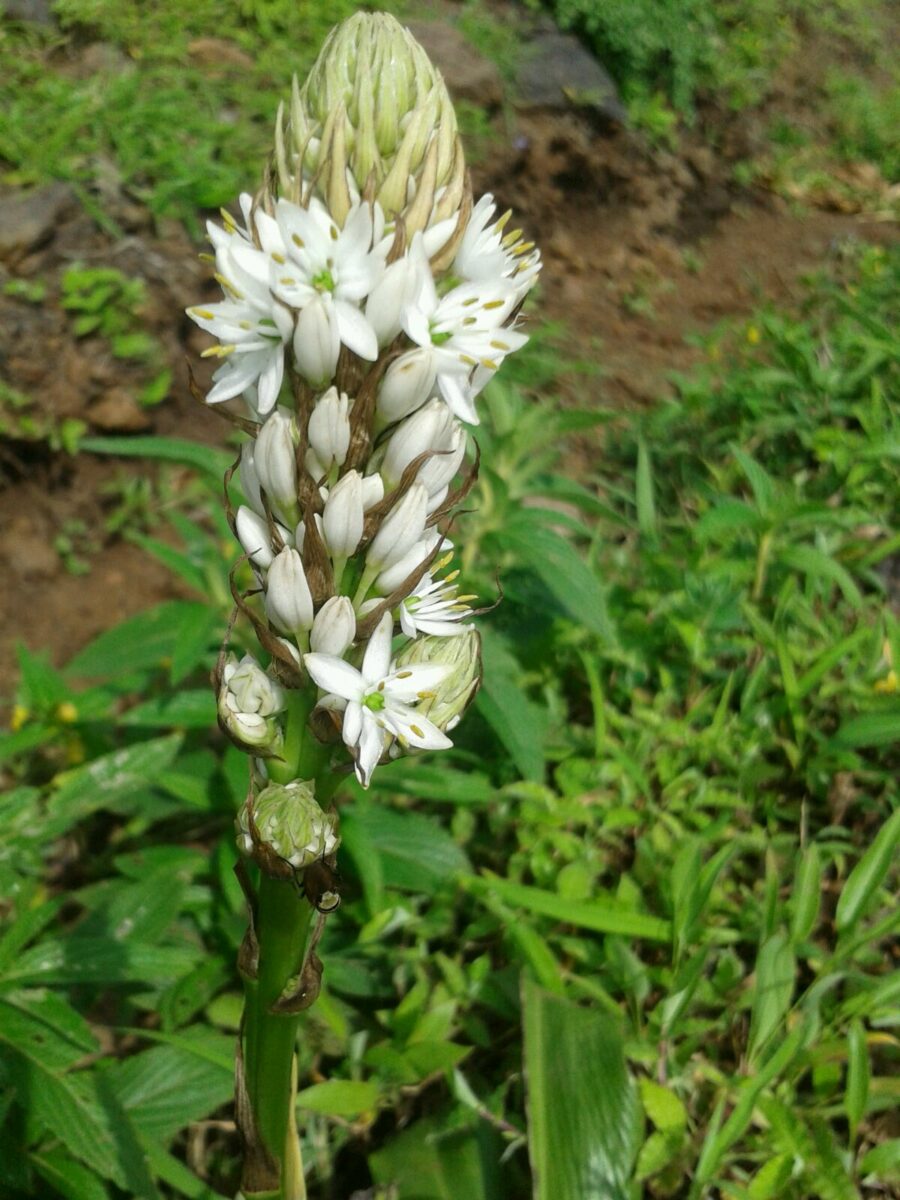 |
| Chlorophytum species |
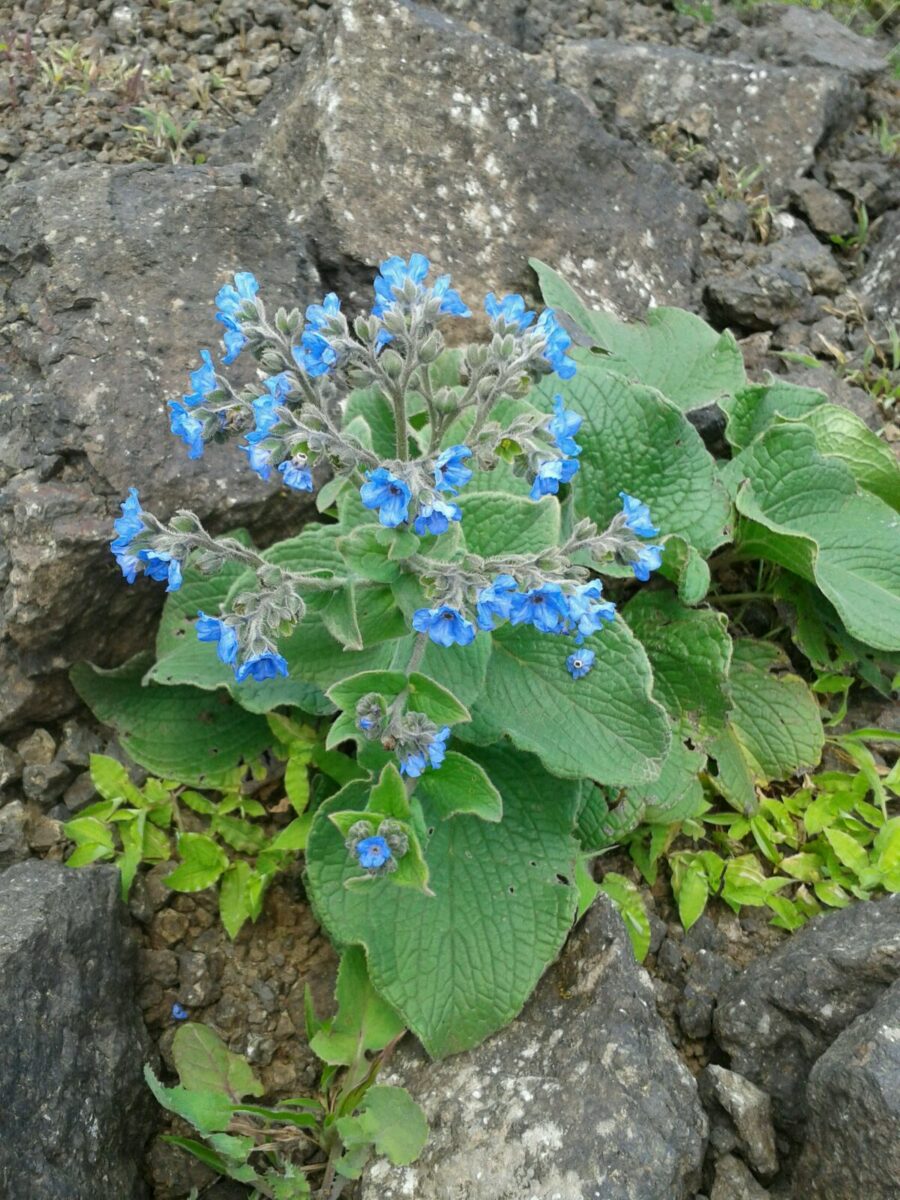 |
| Adelocaryum malabarica (aka Kali nisurdi) |
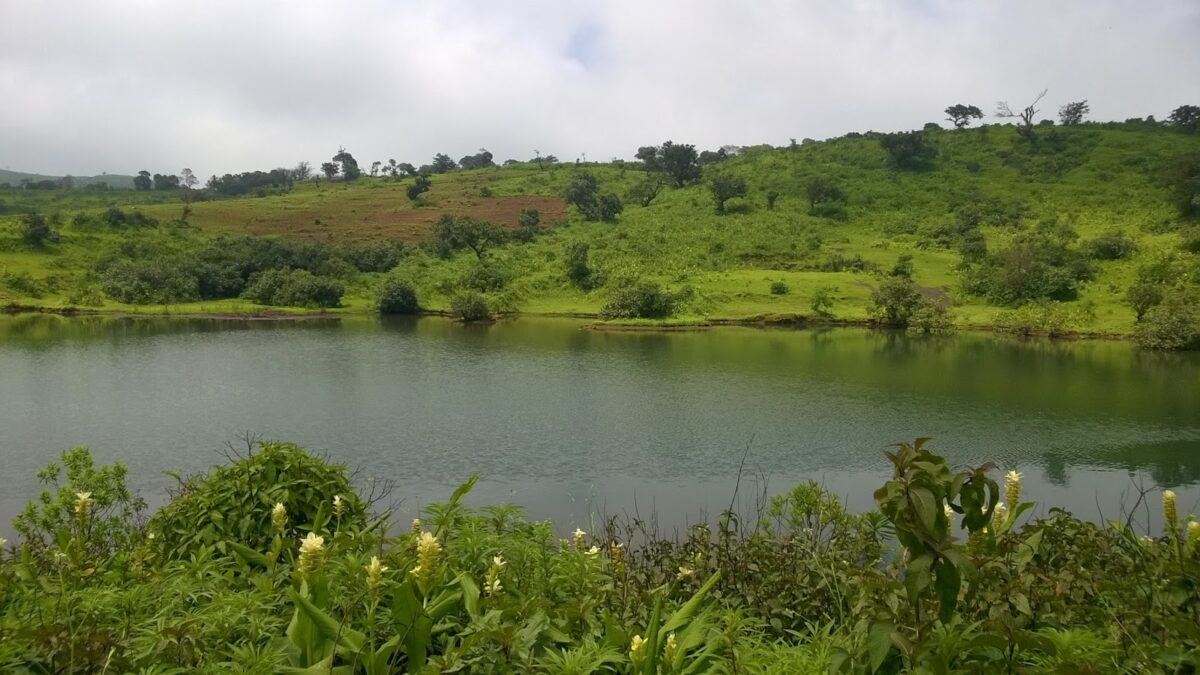 |
| A lovely pond on the plateau. A serene peaceful spot |
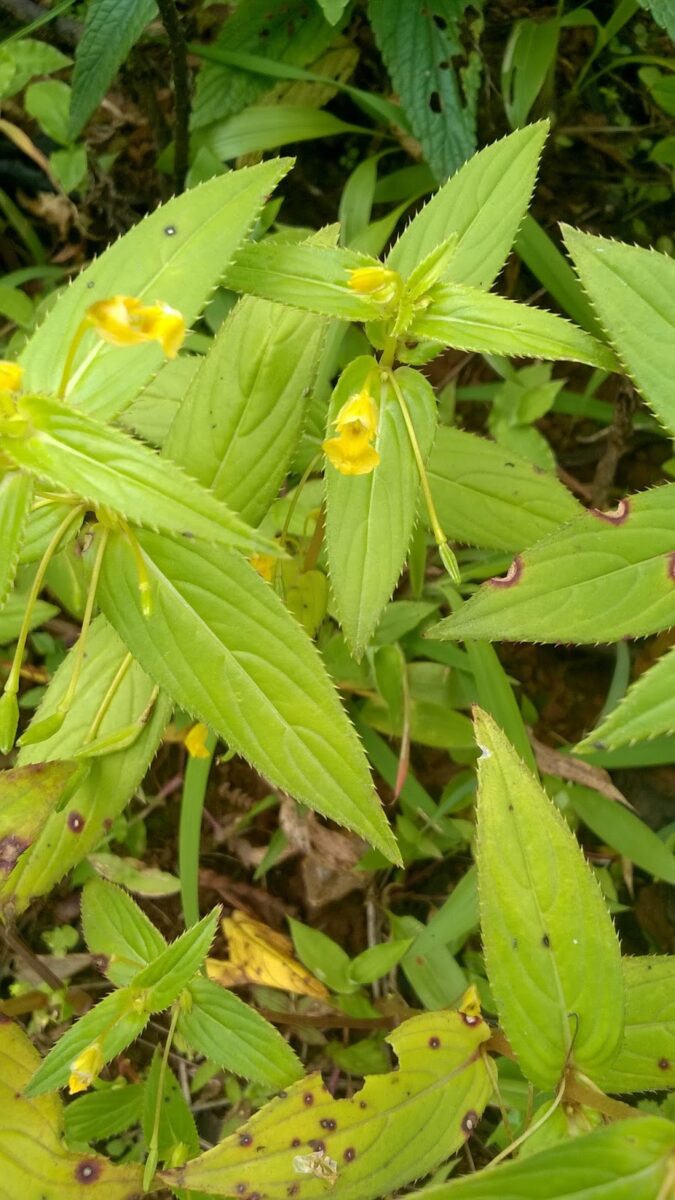 |
| Impatiens dalzelii (aka Pivla terda) |
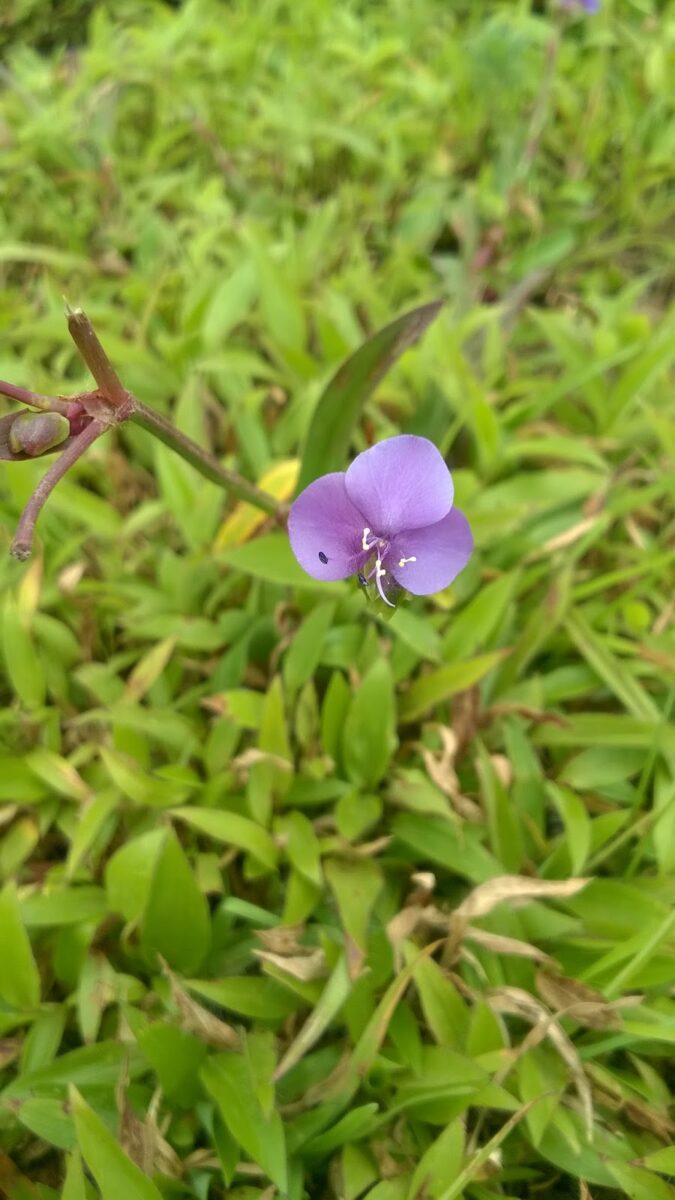 |
| Murdannia sp |
There is so much beauty just waiting to be discovered and enjoyed in India. So many places that one reads of but never makes the effort to visit. We have finally begun this journey.
What about you? Go on . Start now… Its never too late..
🙂
Monsoon Beauty (Wordless Wednesday)
Blue (Wordless Wednesday)
X is for eXtreme, eXcellent, eXtraordinary
These tekdis offer all of the adjectives in the title of this post:
eXtraordinary: Pune is blessed with two rivers and importantly also has many hills located right inside the city limits. They can justly be called as the lungs of the city! We have the Vetal Tekdi (which is the highest), Hanuman Tekdi (which has the Gokhale Smarak Stambh), Parvati temple which is atop the Parvati hill, the Parvati Pachgaon forest area, the Tukai Tekdi and Durga Tekdi. The changing landscape over the seasons is a visual treat!
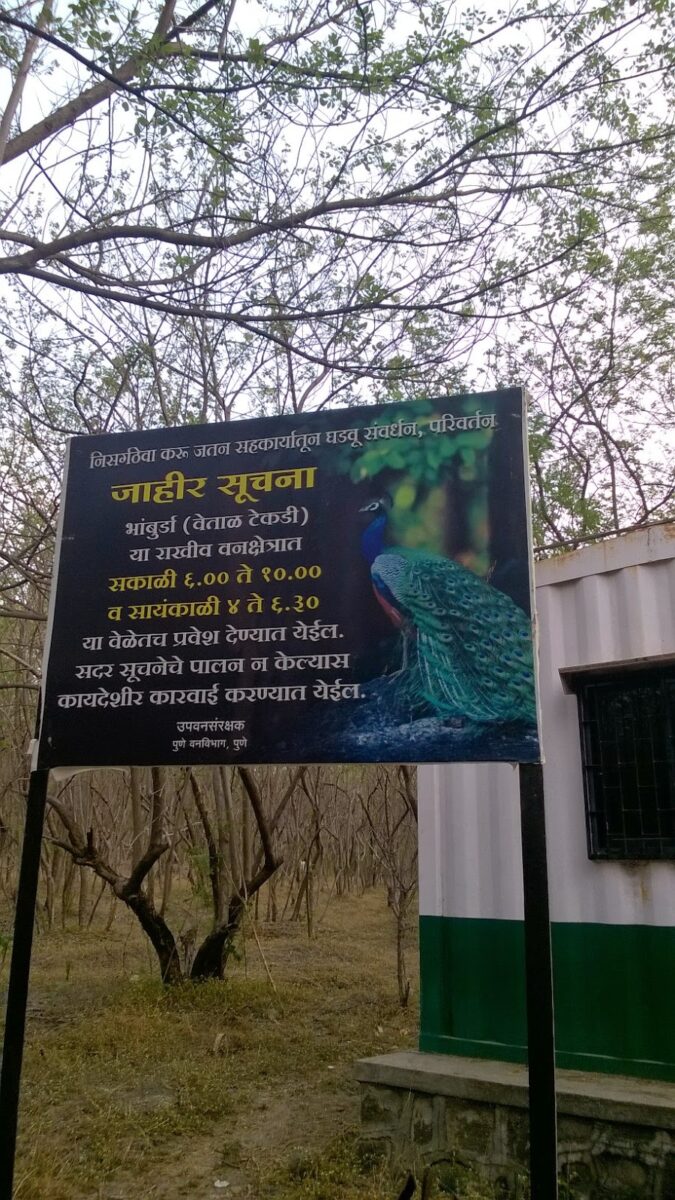 |
| Poster |
eXcellent: the hills are excellent places to exercise – for a walk, jog or even train for long treks in the Himalayas. In fact, March and April are months when one commonly sees many walking up and down the hills with huge backpacks, as they gear up for their outings in June or July… The tekdis are also home to some indigenous tree species that are either uncommon or are simply not seen in the city. Some of the trees are Ganer (Cochlospermum religiosum ), Bartondi (Morinda pubescens), Salai (Boswellia serrata), many species of the Capparis Genus. Regular walkers very commonly sight Peacocks on their morning walks on the Vetal tekdi as also a variety of birds… What bliss…
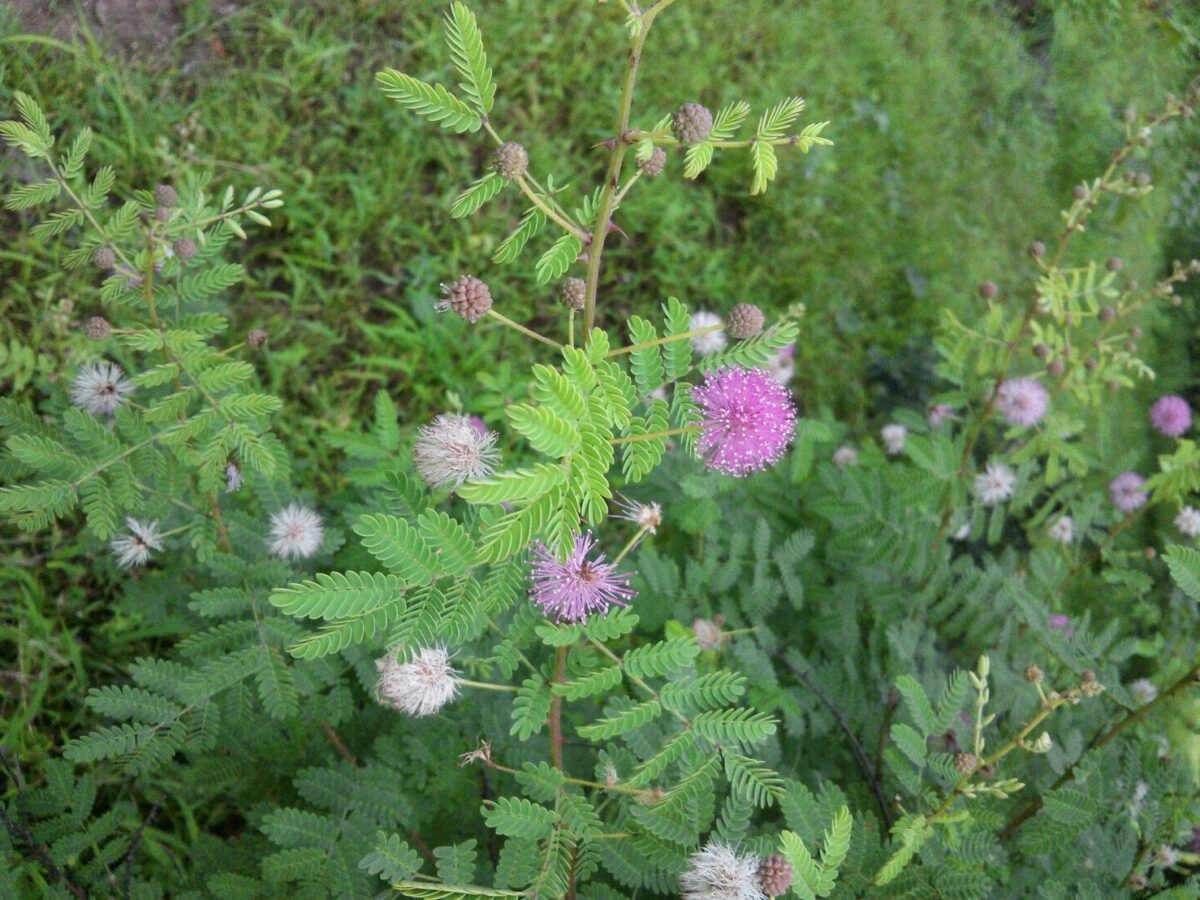 |
| Acacia sp |
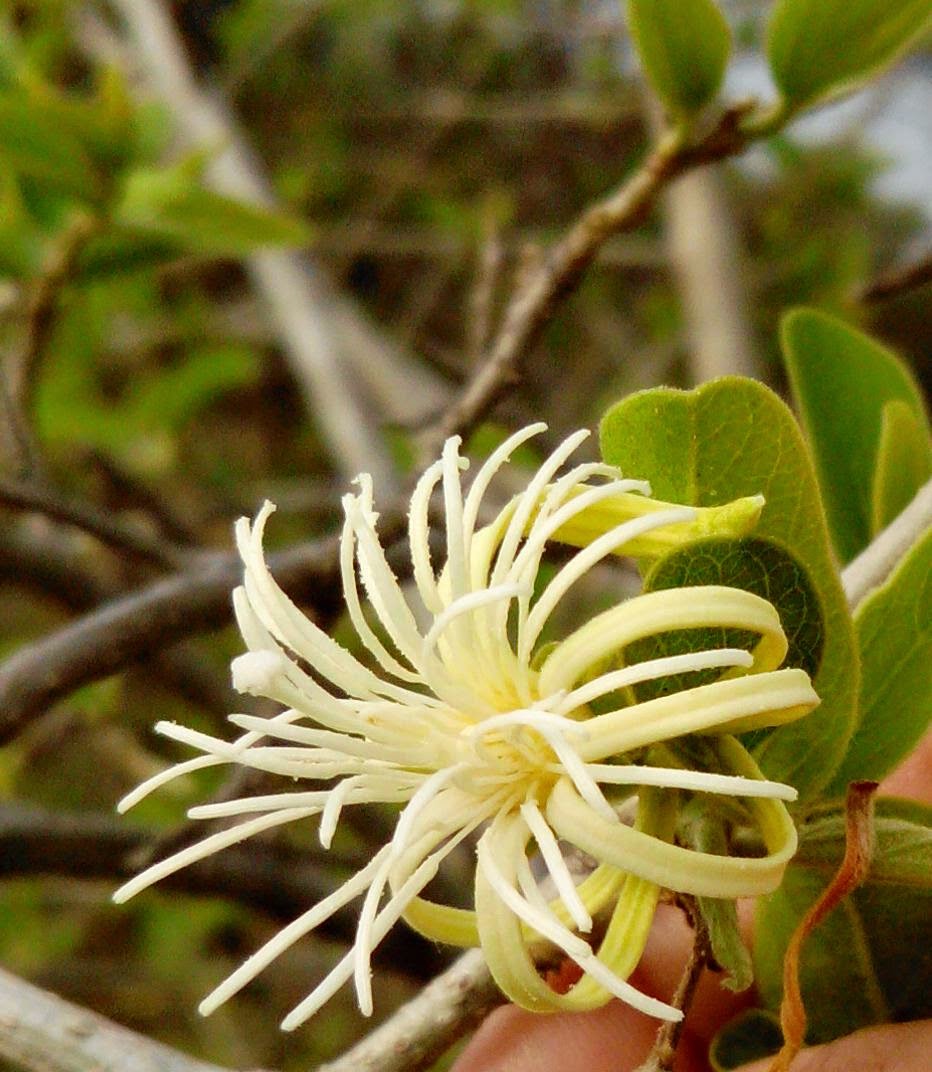 |
| Alangium salvifolium |
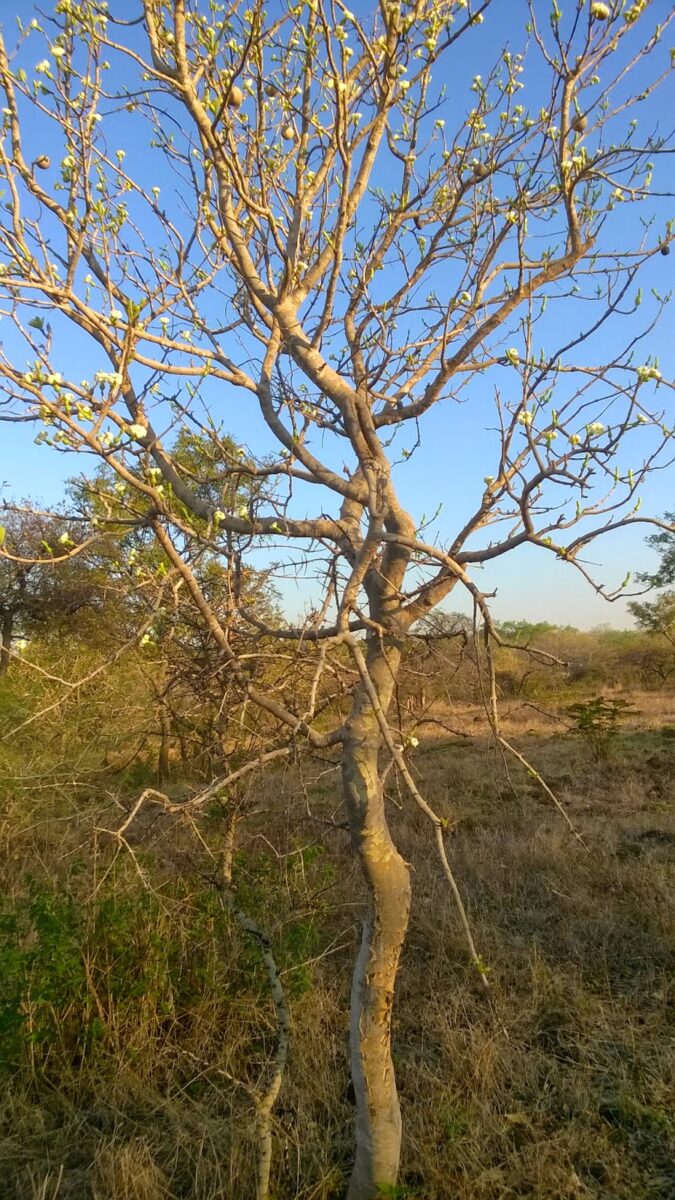 |
| Gardenia turgida |
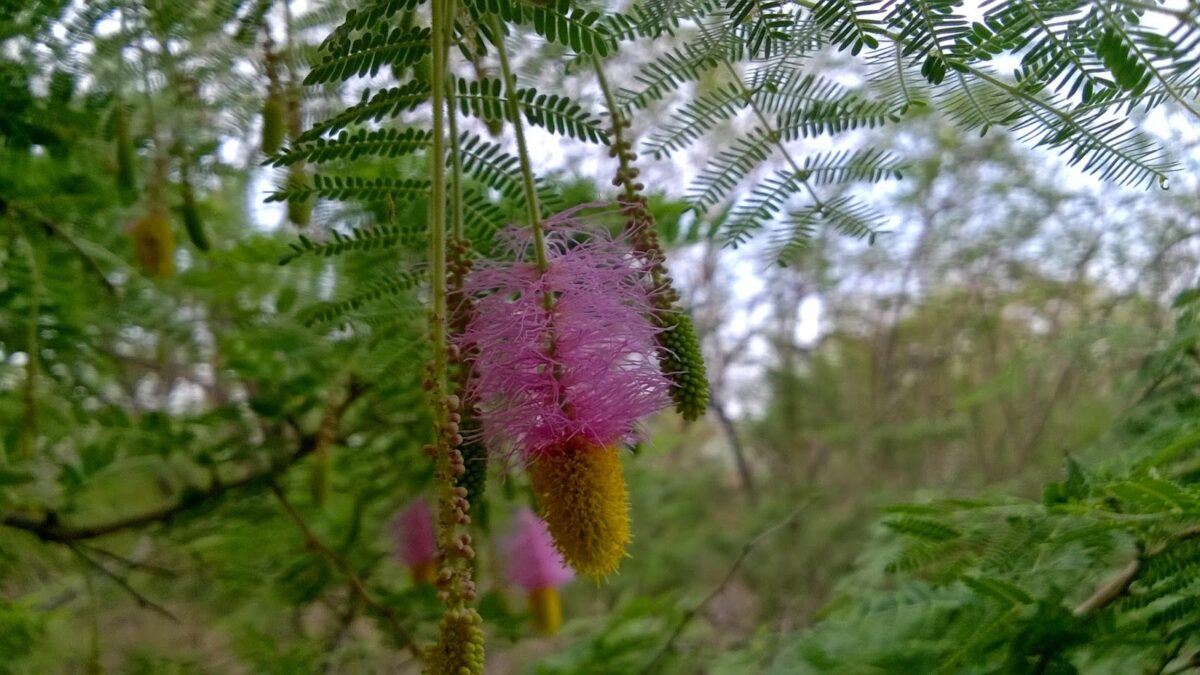 |
| Dichrostachys cinerea |
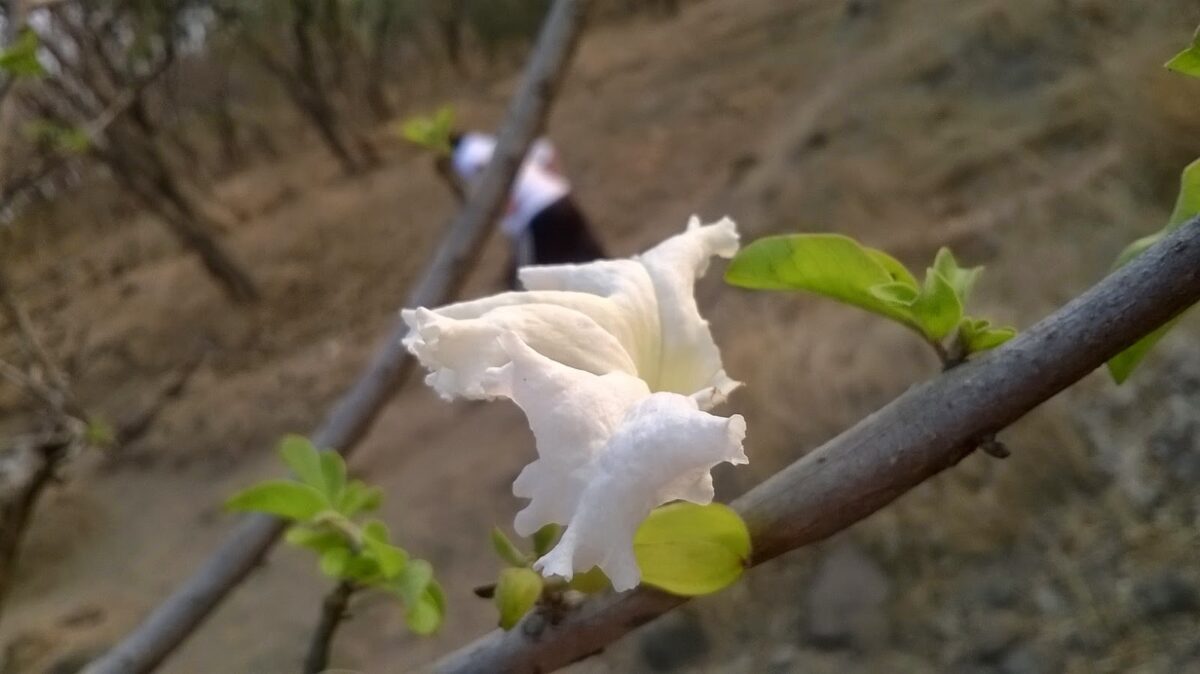 |
| Dolichondrone falcata |
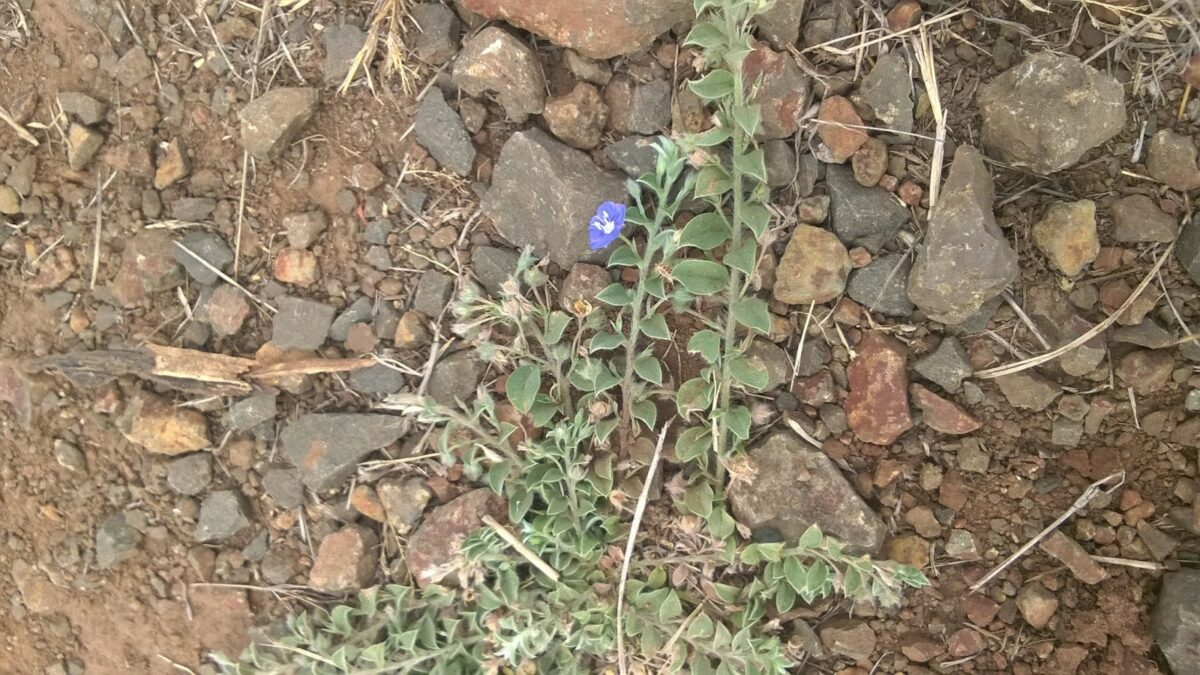 |
| Evolvulus alsinoides |
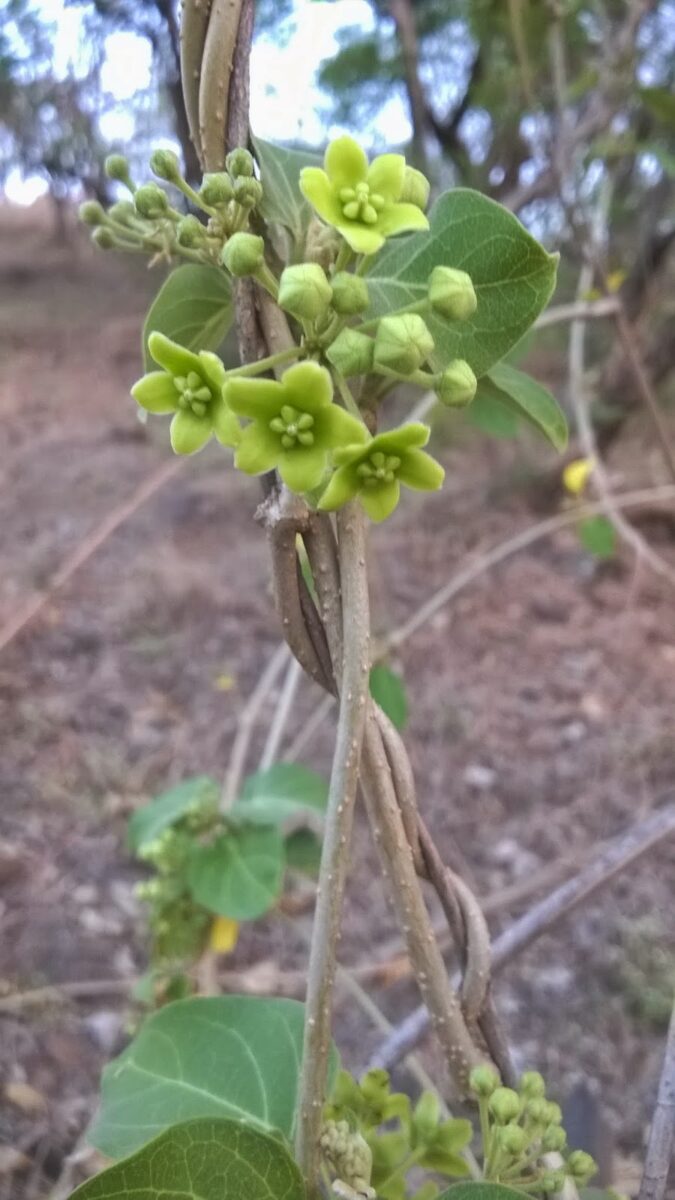 |
| Flower of Watakaka volubilis |
eXtreme: They are an example of extremes of human intervention. Some hillocks have been almost flattened as they have been razed to make way for buildings and concrete jungles all under the name of development. Simultaneously, other hills have been ‘saved’ by peoples movements and resistance to the same ‘development’. There are umpteen examples of organisations who have taken up ‘greening’ of the hills or who spend their Sunday mornings cleaning up the waste or folks who daily take up some water to water new plantations!
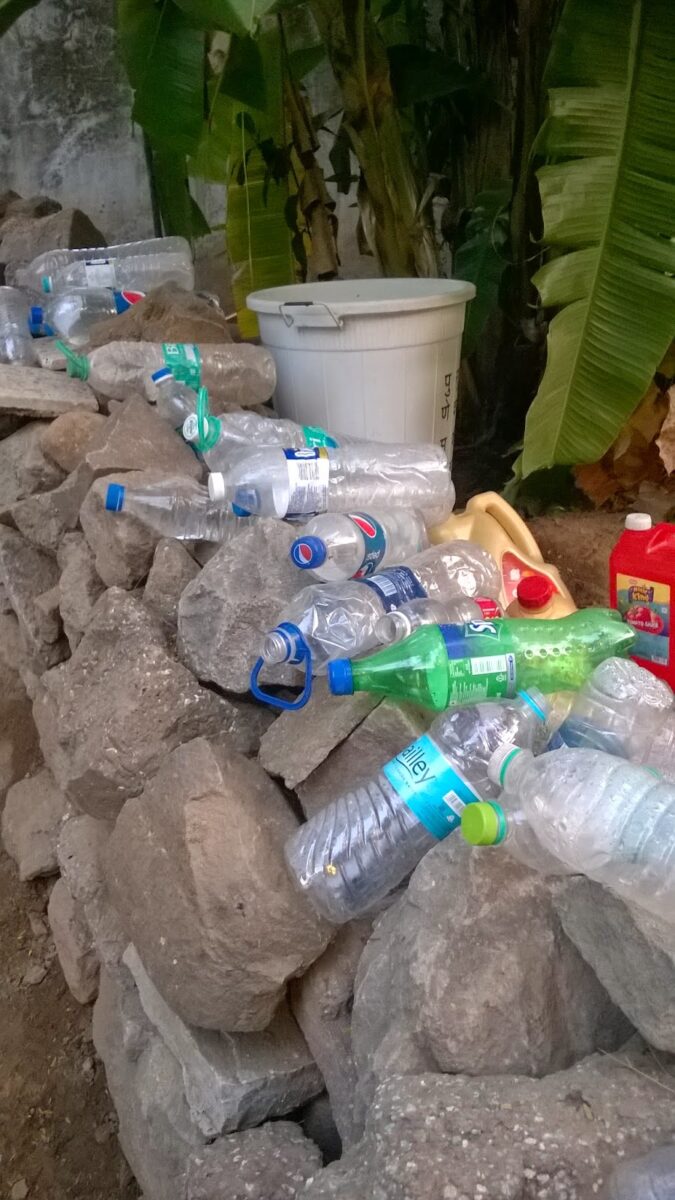 |
| Morning walkers fill up such bottles and carry them up to water saplings to help them survive the harsh summer heat |
The most surprising part of these tekdis is that despite their obvious presence, a large number of people are simply unaware of this wonderful natural beauty. I know of people who have lived over five decades in Pune and still have not gone to any of the our tekdis…
The tekdis should be a must-visit place in the itinerary of every nature lover visiting Pune.
Cheers!
PS: Location Map here.
U is for Udan
The site of this park used to be an abandoned and overgrown plot with a nullah at one end. Naturally it became a dumping ground of sorts, an eyesore and generally a unhealthy place. As part of its CSR initiatives, the Zensar Foundation (Zensar is an IT company that is located close by) partnered the PMC to develop this plot into a biodiversity plot. They recruited experts who reused a lot of rocks and soil from the area to create something unique. Specially chosen plants helped attract butterflies – these provided them food and also a place to lay eggs.In fact the garden layout itself is in the shape of a butterfly!
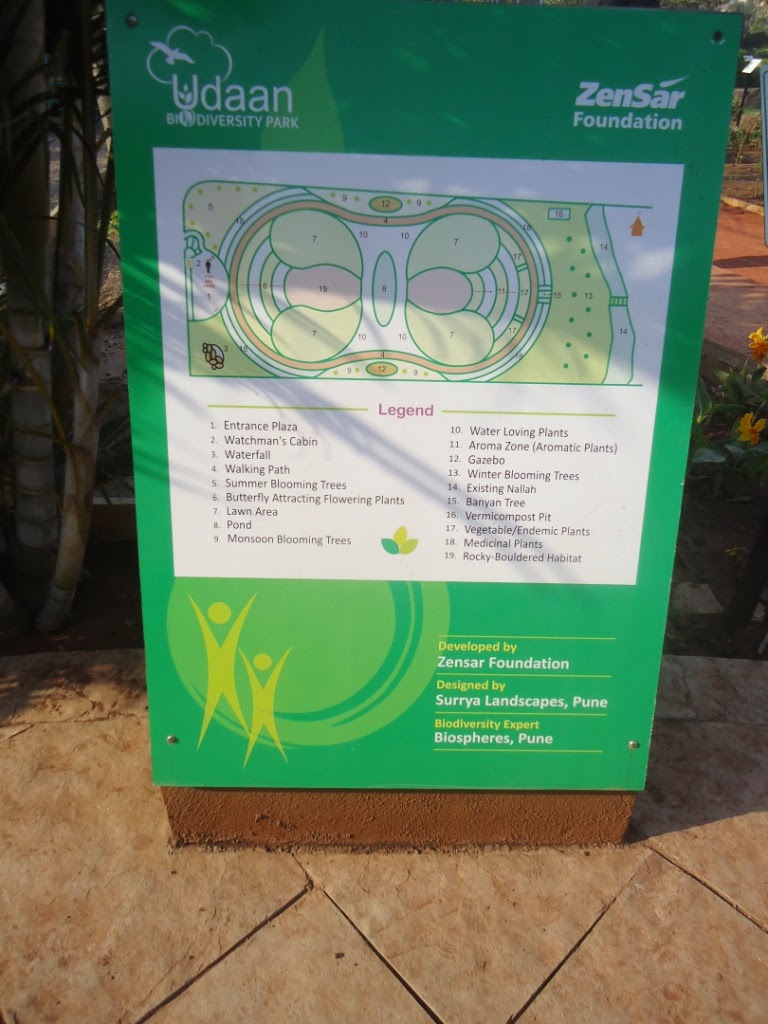
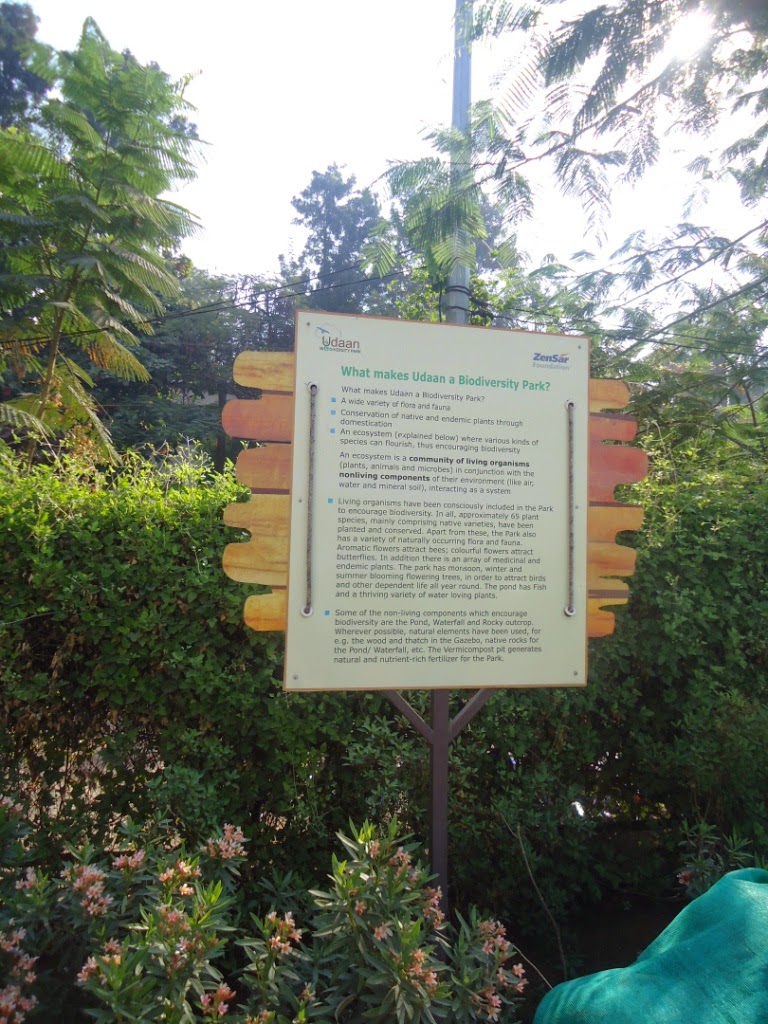
The rocks have been artistically placed to create a wonderful fountain and a waterfall. Medicinal, aromatic and flowering and indigenous species have been planted and some are specifically to encourage kids to explore their sense of smell, touch, sight and taste.
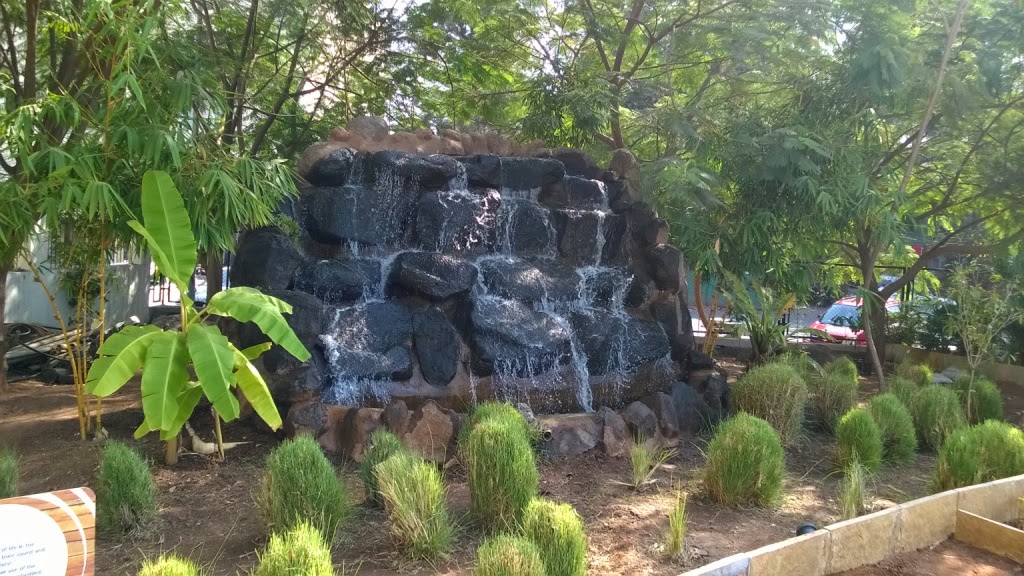
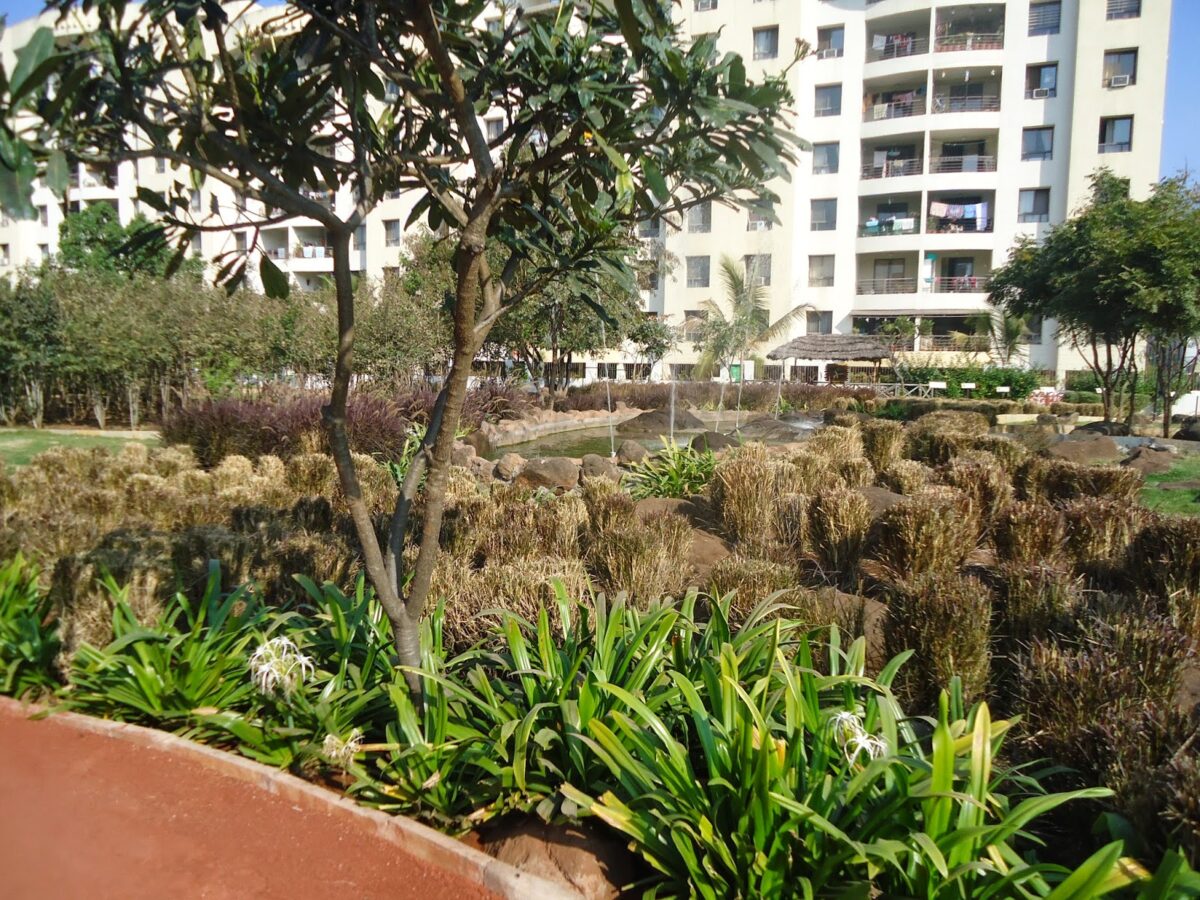
The high point is the small but thriving shrub of Frerea indica – a species that has been brought back from brink of extinction.
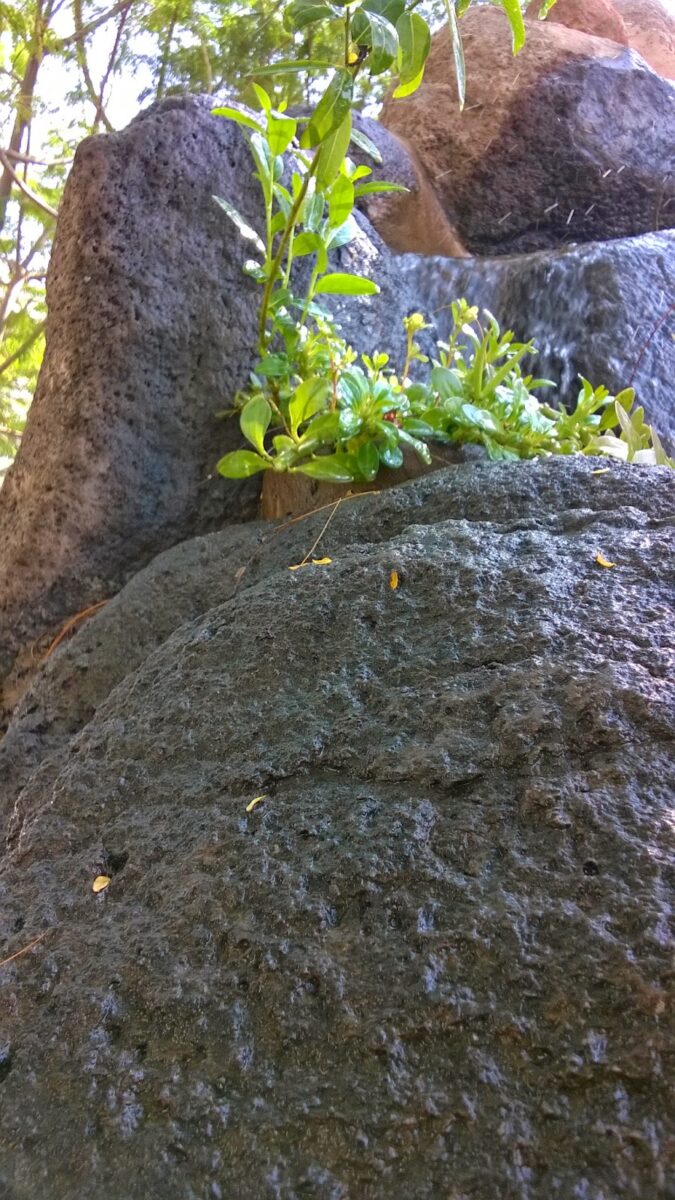
A stark reminder of the damage to the environment is in the form of a ‘graveyard’ with placards for species that have become extinct.
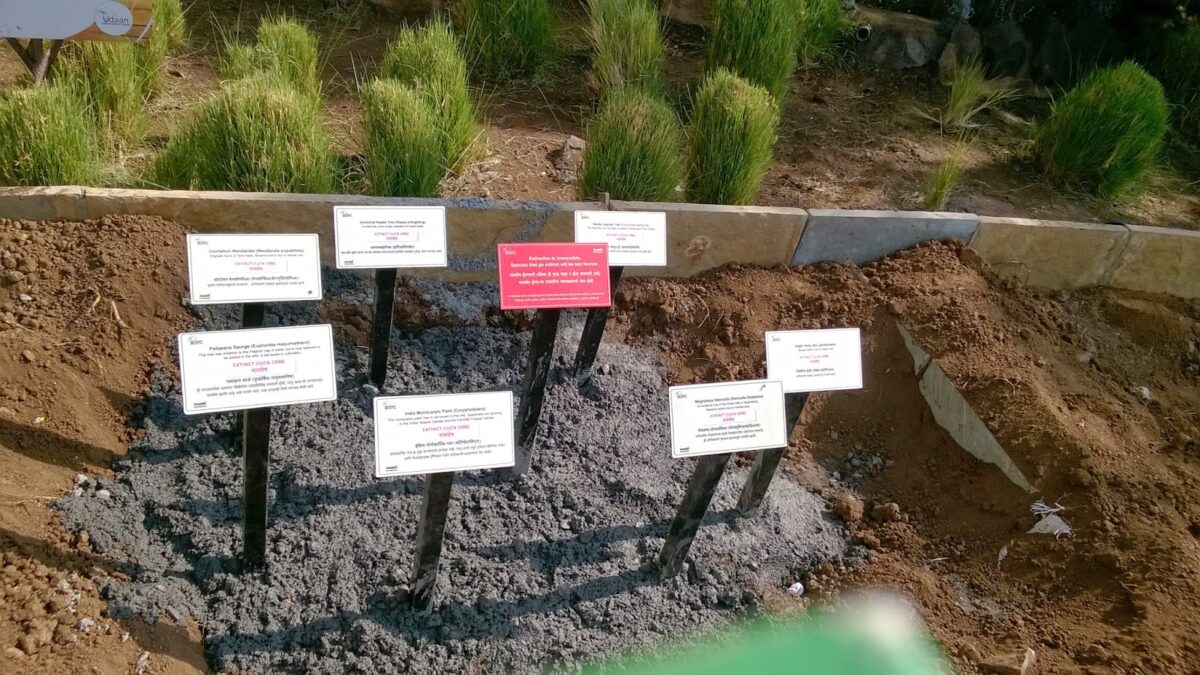
In fact, there is a small nursery where the gardeners are happy to give visitors saplings of plants in their garden. For free. I came away with Marjorum and Basil saplings that are happily growing in my balcony.
A park that every Punekar should be proud of!
Info:
Entry: Free
Time: 6AM to 10AM and 4PM to 8PM
Parking: On the road
Location Map here.
J is for JJ Garden
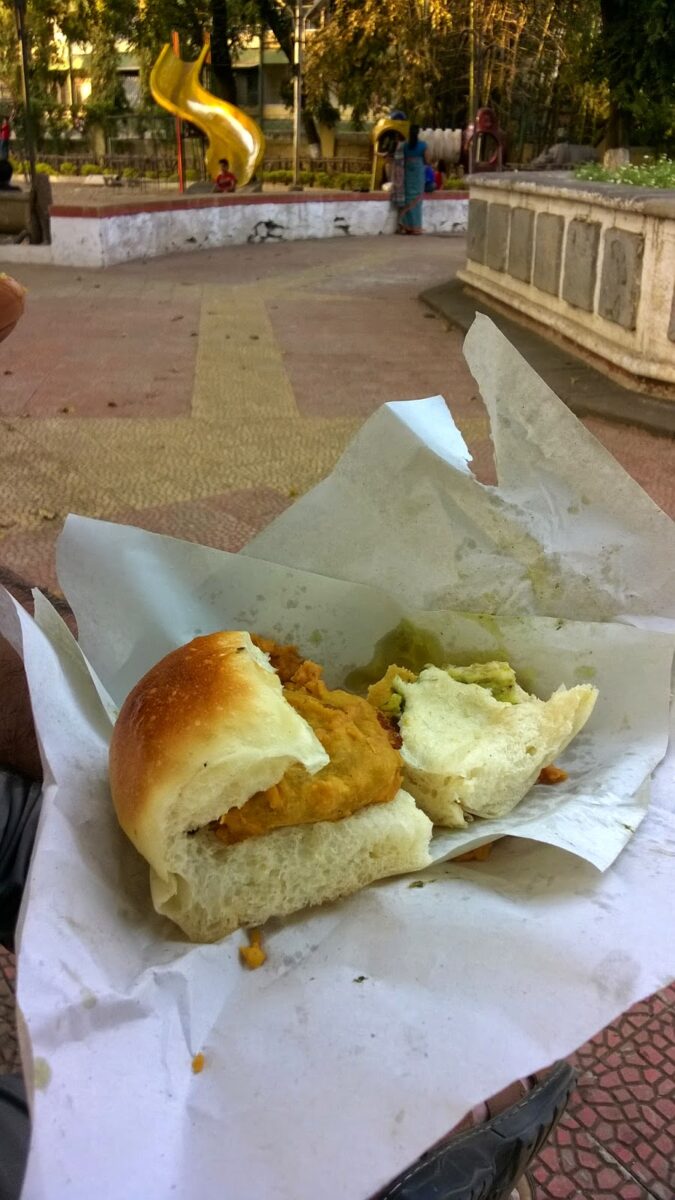
Hey, this post about gardens not food so lets enter the park. Unlike others we have visited so far on the A to Z tour, this one is managed by the Pune Cantonment Board.
 |
| Fountain |
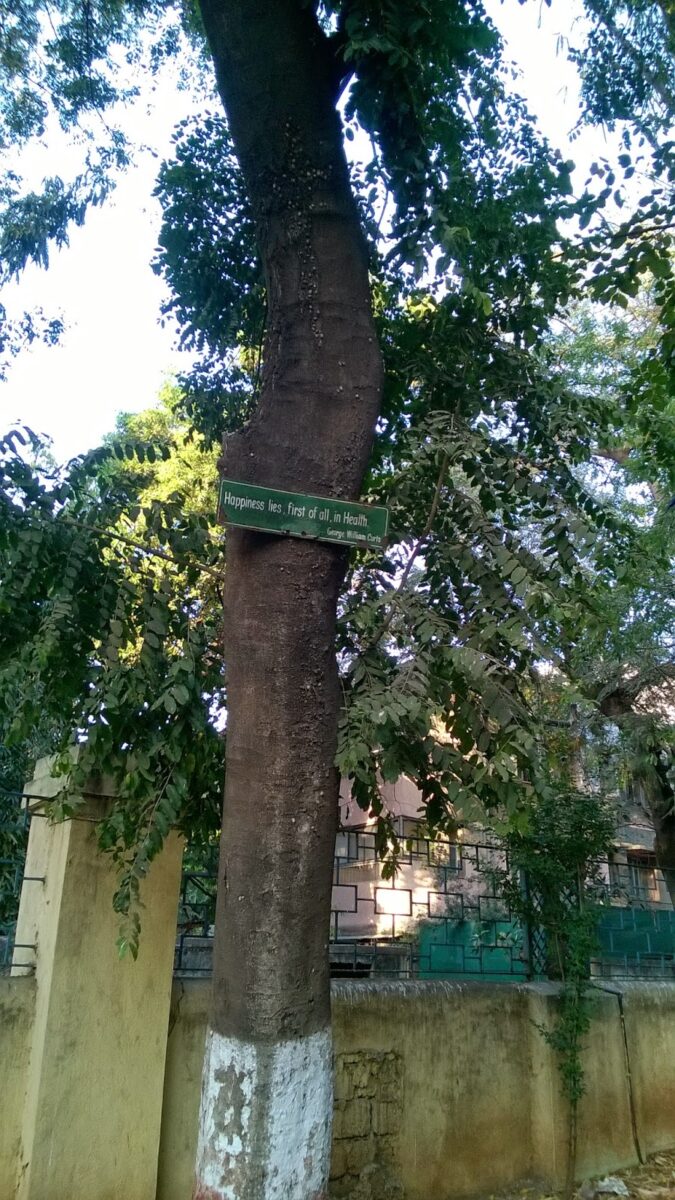 |
| Trees have motivational quotes. This one says “Happiness lies, first of all, in Health: George Willian Curtis” |
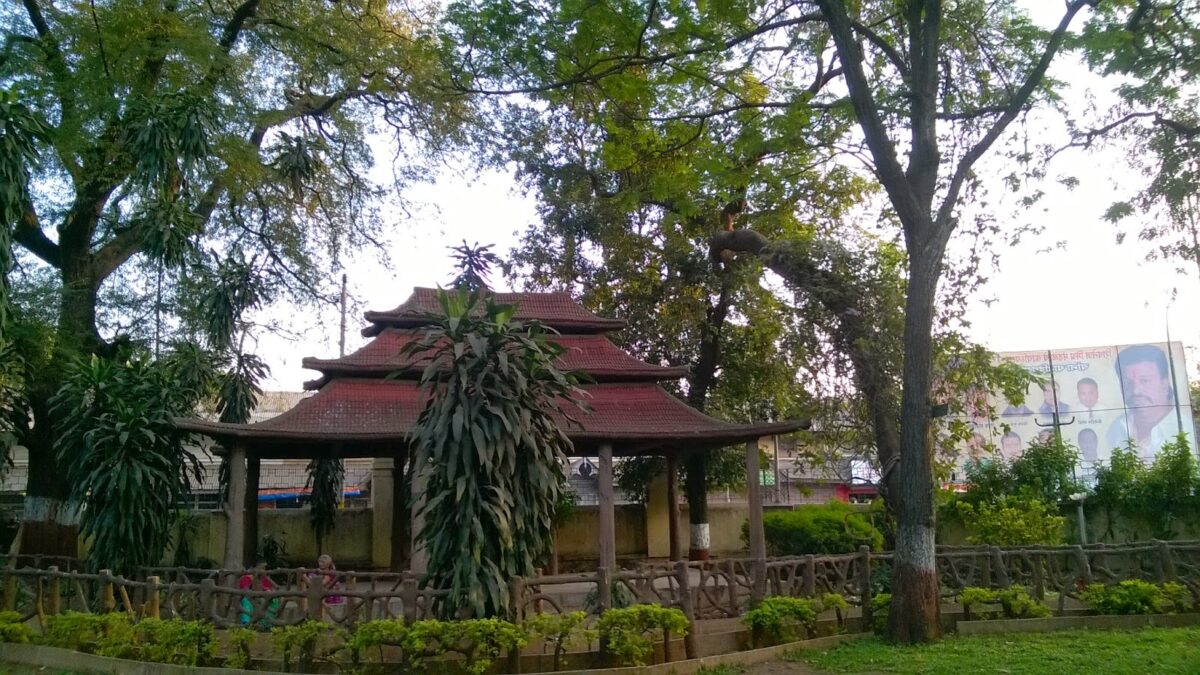 |
| Oriental style gazebo |
The park trees have boards with interesting motivational quotes – though I dont know how many people even bother to read them. I saw a lovely Soap nut tree bearing fruit as also really big Banyan and Tamarind trees. For some reason there were large Putranjeev (also called Child life tree) – but their pretty drooping green branches more than made up for downsides of the garden.
Located as it is in the hub of the commercial area, the garden is quite noisy but the kids playing there did not seem to mind it one bit! The garden could be better maintained and it has scope to be a wonderful resting spot in this very busy area of Pune.
Info:
Entry: INR 1 single entry ticket
Parking: In adjoining lanes
Rest rooms: No
Location Map here.
Go(a) Off The Beaten Track
🙂
Every place has its unique history that is reflected in its food, architecture of its homes and buildings, customs and traditions and its music and dance. These are then the best ways to experience a place either as a first time visitor or on repeat visits. Hence our heritage walk in Goa. I am a firm believer of that the best way to ‘see’ a place is through the eyes of local people who are passionate about it. This led us to Cholta Cholta as “All tours are conducted in English and are led by local experts who support walking and learning” (quote from the website).
* From the 10th
century AD, Goa
was successively ruled by the Kadambas, then Muslim rulers who were the
Shahs
from Bijapur and then the Portuguese. At all times, it remained
flourishing trading centre and had sea-links with far flung Arab nations
and later with the south-eastern
nations. The movement of goods and people and rulers and
administrations from these regions influenced homes, buildings and the
people
of Goa. Its architecture,
crafts, arts, homes, names, religious practices are an interesting
amalgamation of these.*
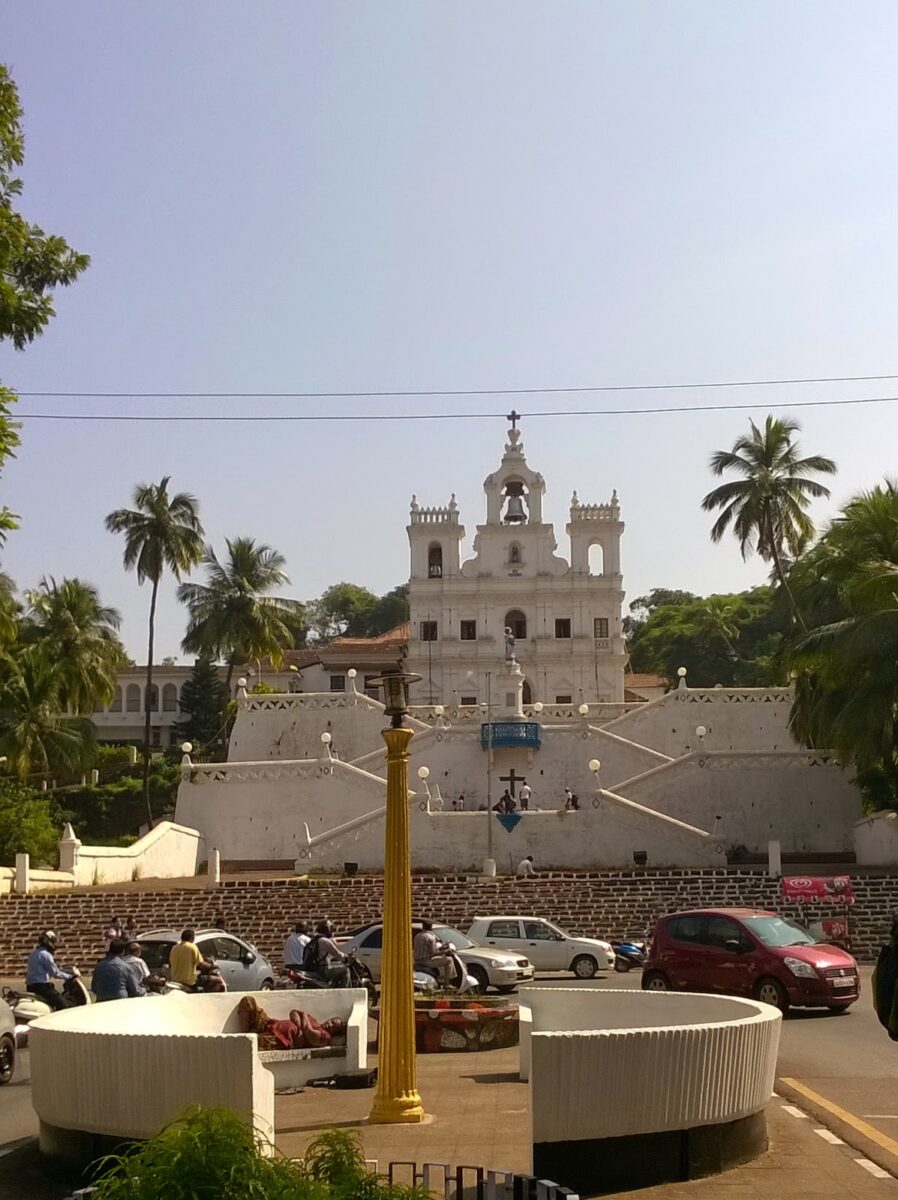
Well-entrenched a few hundred years ago, we walked out and turned into the lane next to the Altinho hill and stopped to admire the majestic staircase that leads up to the Palace of the Archbishop
of the Goan Diocese. Many generations must have gone up and down these and still do but a survival instinct in busy traffic forced back into the present moment.
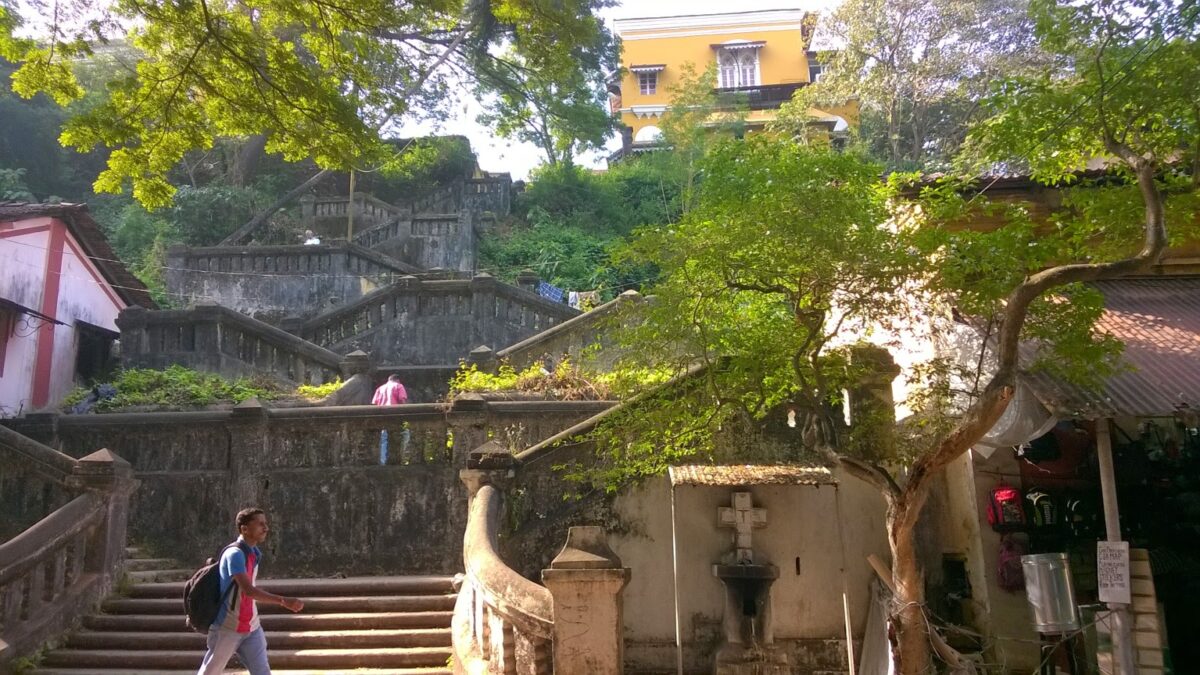
The walls adjoining the street were festooned with colourful
Bougainvilleas and Madhumalati (Rangoon Creeper) adding another touch
from colour palette. The view from the top would be stupendous for sure
but we had to hurry to keep up with our leader… we were on a walking
tour remember?
The buildings in these parts were not the modern high rise structures
rather small one or two storey homes with sloping tiled roofs set in small winding lanes. We were
in Fontainhas the so-called Latin quarter of Goa. Every structure was of
a different colour which were natural dyes we learnt. So it was turmeric or indigo which was the secret of the fascinating colourful homes. Many of these have been restored to their old glory for people to live in or have been turned into guest houses or art galleries.
Many families continue to use old and priceless crockery and furniture and artifacts
on a daily basis. Wow! Its antiques like these that serve as a bridge
between our past and present and allow us to effortlessly time-travel
across hundreds of years. Those who are able to enjoy the
best of both worlds are incredibly lucky.
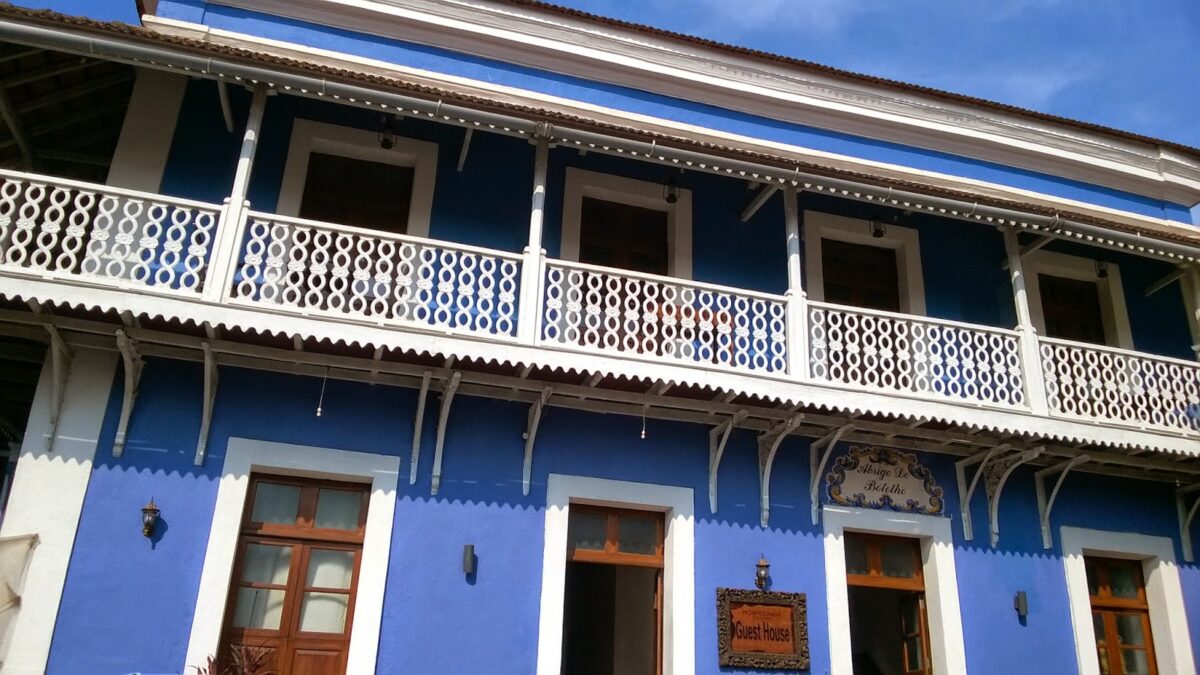
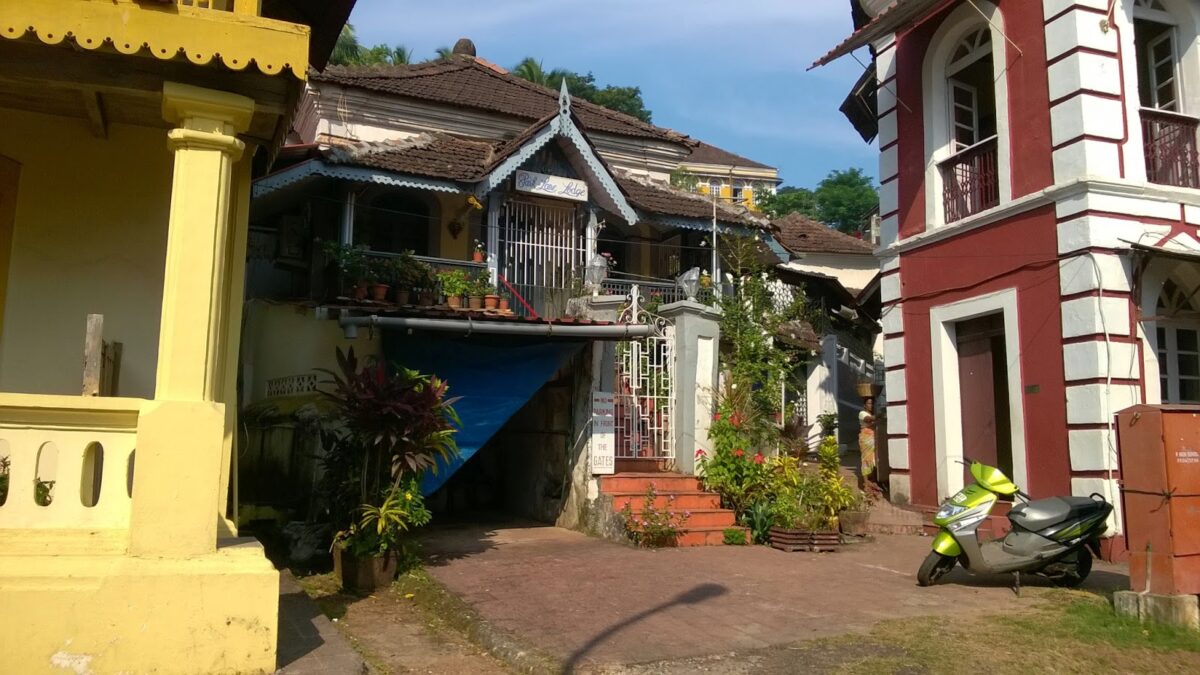 |
Besides other unique features, we noticed the shell windows and tiled ceramic name plates at the entrances. Shell was a wonderful material for windows as it gave privacy plus diffused light. The tiles were typical Azulejos art which is a Portuguese craft of painted and glazed ceramic tiles. Artists have kept this art alive in Goa.
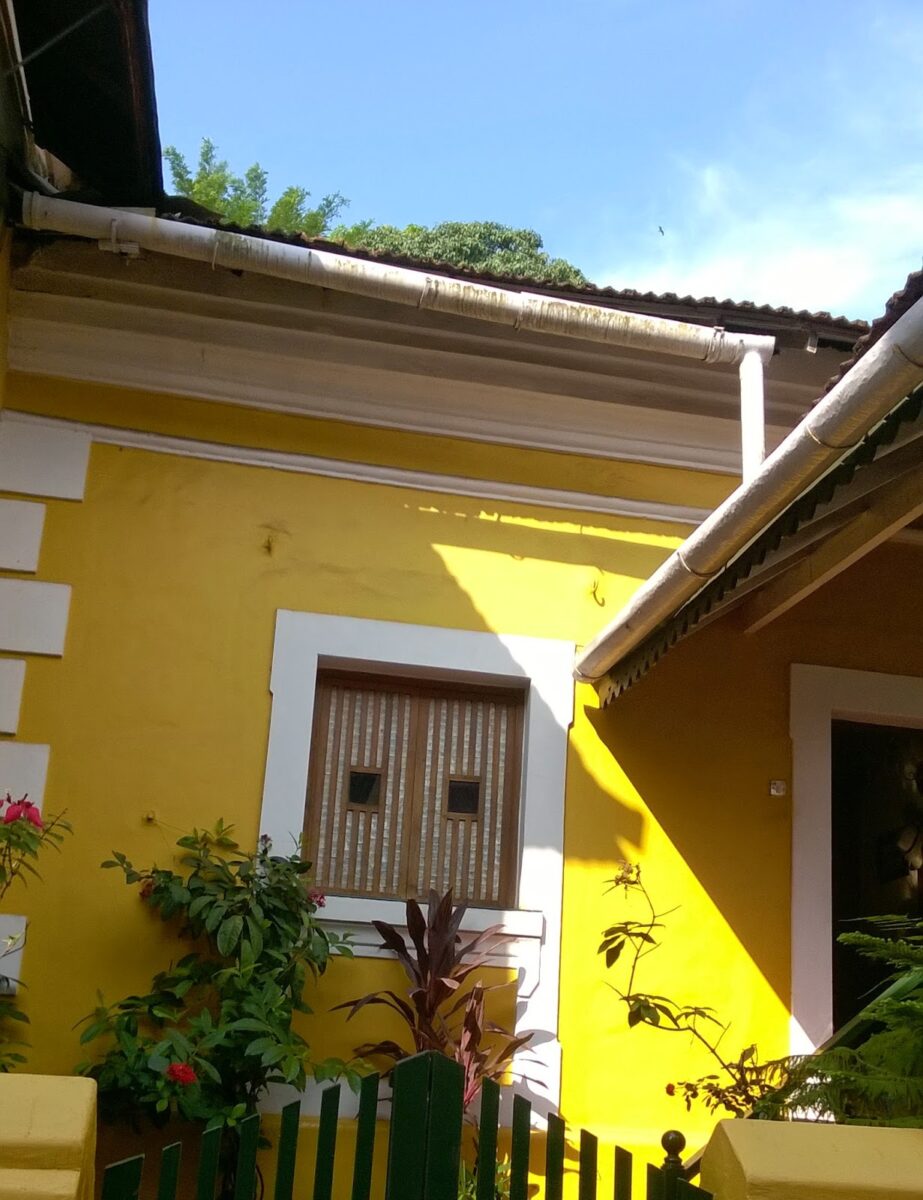 |
| Shell windows |
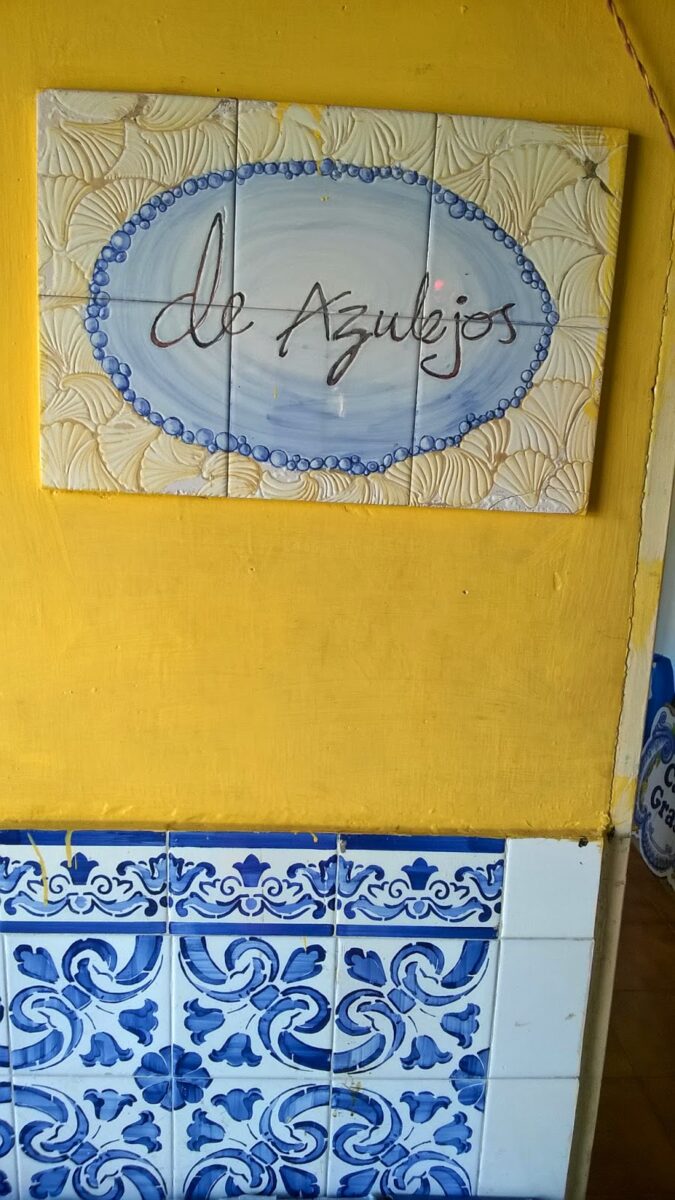 |
| An example of Azulejos art but this image is not from our walk of Fontainhas |
The chapel dominates the square and would have been an activity hub in
the years gone by. Street planning was not conspicuous in this charming
quiet neighbourhood.
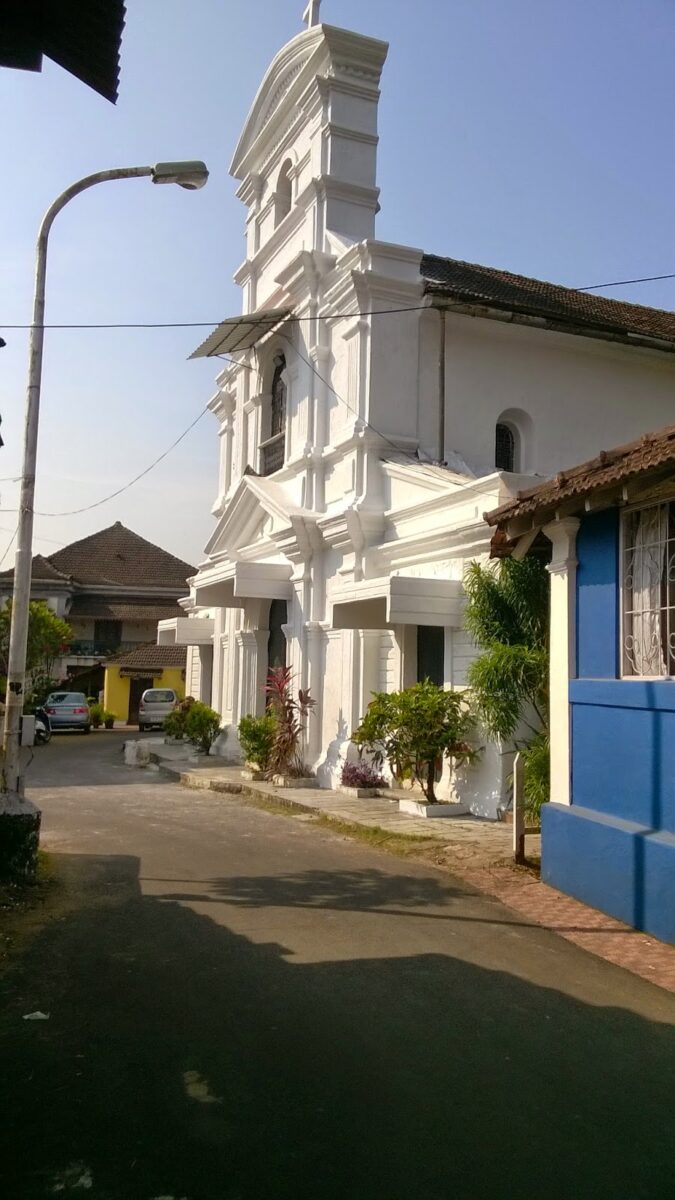
We walked out toward the riverfront through an area which seems to have planned streets and road side drains. The quaint overhanging balconies protect pedestrians from rain and sun! This area still has shops of the ‘old’ trades – Typewriter repairs for example! The narrow sidewalks had local vendors who sold fresh Papayas, Tomatoes, Bananas and bunches of Tirphal which is spice specially used in Goan food.
Very soon we had reached the Tobacco Square so named because Goa was a trading hub for tobacco despite tobacco cultivation certainly not being in the vicinity. We then moved past the summer palace of the Sultan of Bijapur (Idalco Palace) to the Abbe Faria Square and the home of Mhamai Kamats. The municipal garden named after Garcia de Orta (who was a physician and naturalist) was up next with its very thoughtful layout of stores. Our walk ended at the Cafe Tato with some authentic Goan breakfast.Yummmmm
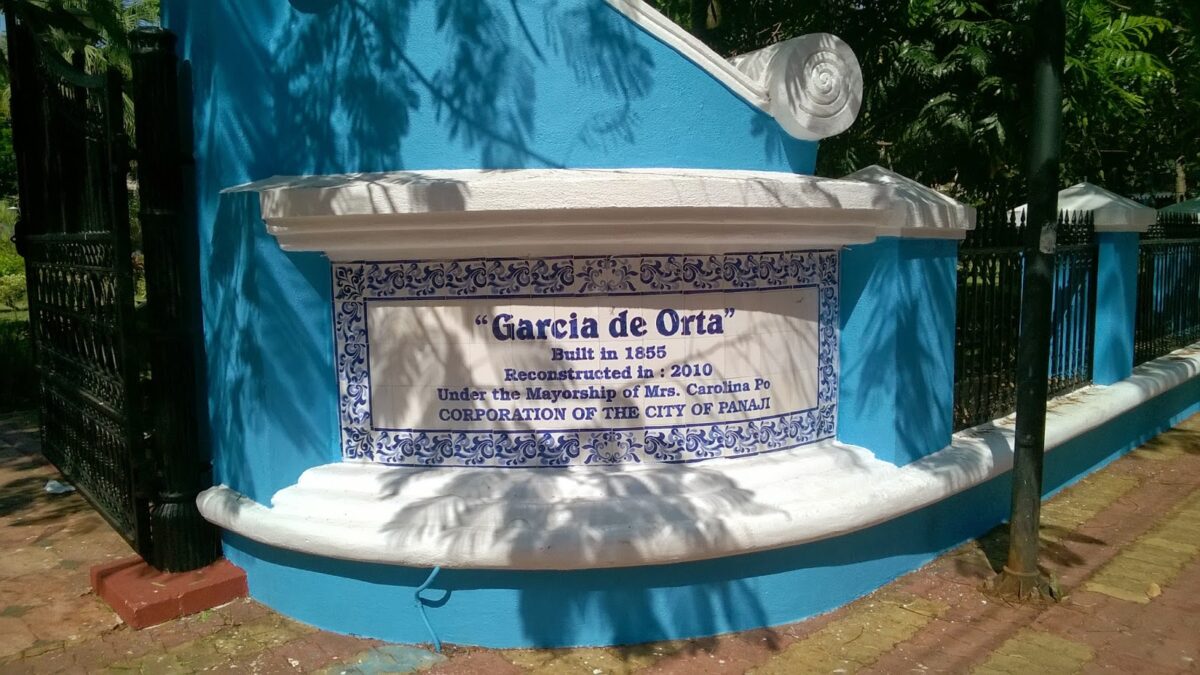 |
| Municipal garden at Panjim |
Each of these places has a very interesting tale and some of which is in Cholta Cholta’s book called ‘Cholta Cholta’.
A memorable walk down memory lane and well off the beaten track!
Truly a walk to remember.
🙂
*Disclaimer: I am not a historian so this post is quite likely to have
overlooked several important events. Do refer to more learned resources
if Goa’s history is what you are looking for.*
**Disclaimer: I have no interest financial or otherwise in Cholta Cholta .
Go Off The Beaten Track in Goa
But what?
That’s the question I asked myself before our recent visit to Goa. The typical touristy sites (tour of North Goa and South Goa) had already been ‘ticked off’ in our earlier visits and another visit did not seem warranted (except the Shri Shanta Durga Temple). Hence we put our brains together with those of Google Baba and found that Goa had so much more to offer than the above mentioned ‘attractions’.
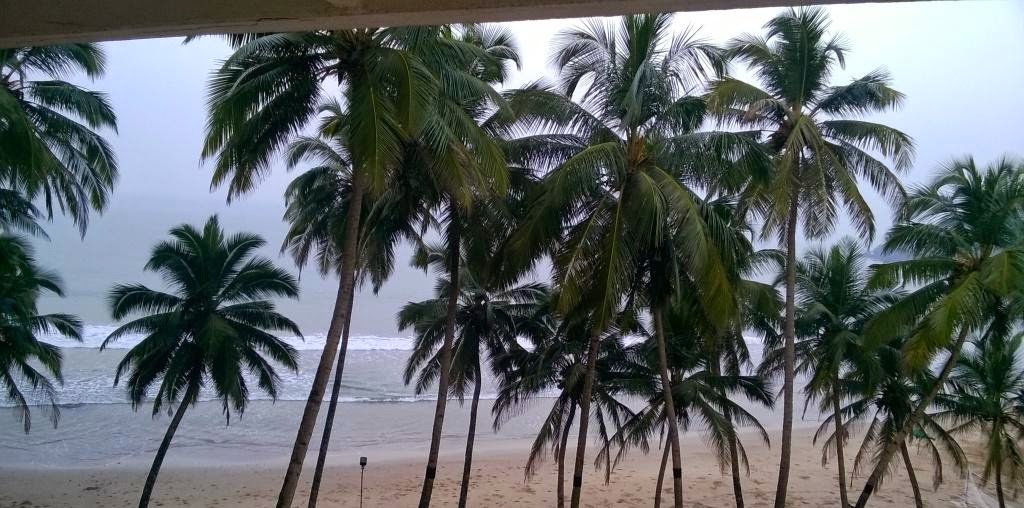 |
| Unbeatable Beaches |
While I would not like to suggest an itinerary, I will share some spots in Goa* that we found most interesting. I had always been struck by the brilliant yellow, blue, brick red coloured homes and buildings in Panjim so architecture seemed to be a good starting point. That is what took us to ‘Houses of Goa‘ an interesting museum by Arch Gerard da Cunha. Built to resemble a ship, it is set amid lush greenery and has an eclectic collection of Goan homes through the ages. The display over three floors is even more interesting and showcases western influences on homes. There are old photographs, models, beautiful artifacts and heirlooms, computer displays that give an in-depth perspective of the ‘how and why’ of traditional houses. Sketches by Mario are an added attraction. Admire the old tiles, notice the intricate grills and railings and climb up a quaint winding stairway for a lovely view from the gallery at the top. Learn the difference between an Entrada, Veranda and Balcao and what makes Hindu and Catholic Goan houses so special! The museum is located at Torda, Salvador do Mundo in Bardez and give yourself at least an hour to explore it. Entry fee was Rs 25 on Sundays and Rs 100 on weekdays. They do have a small cafe and the staff is more than happy to help. If architecture is your cup of tea, put this museum on top of your list.
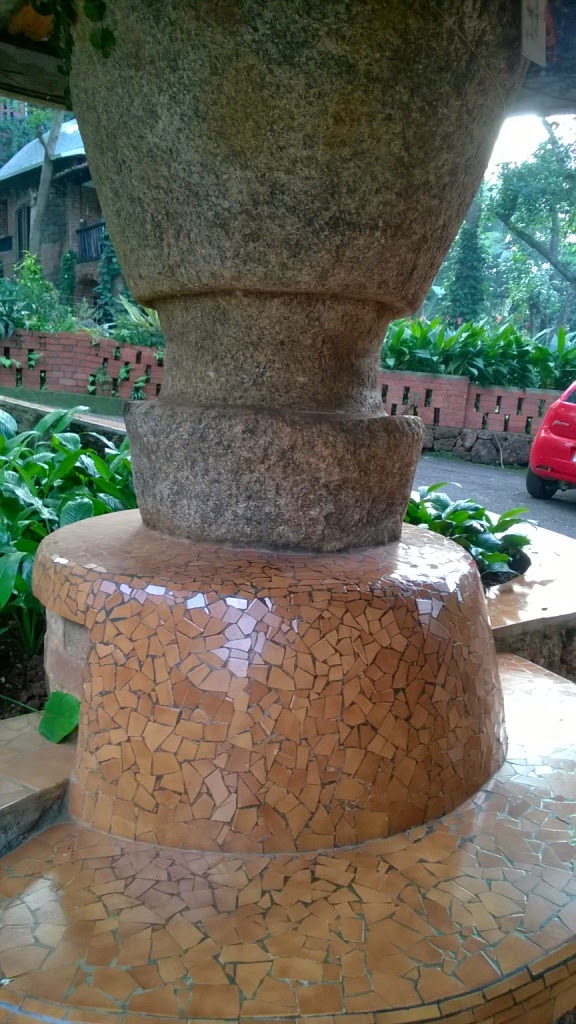 |
| A pillar made of grinding stones |
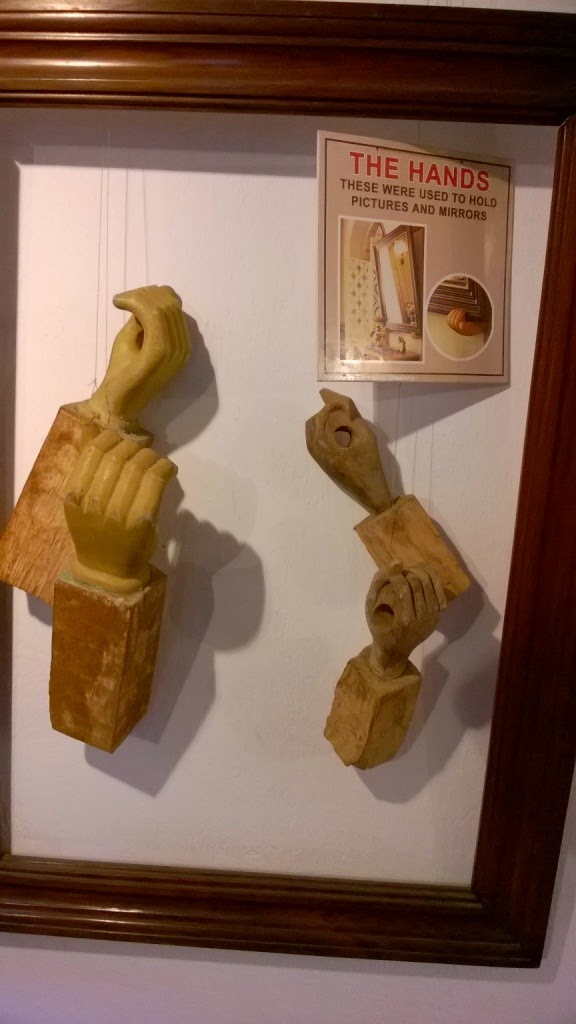 |
| Interesting displays |
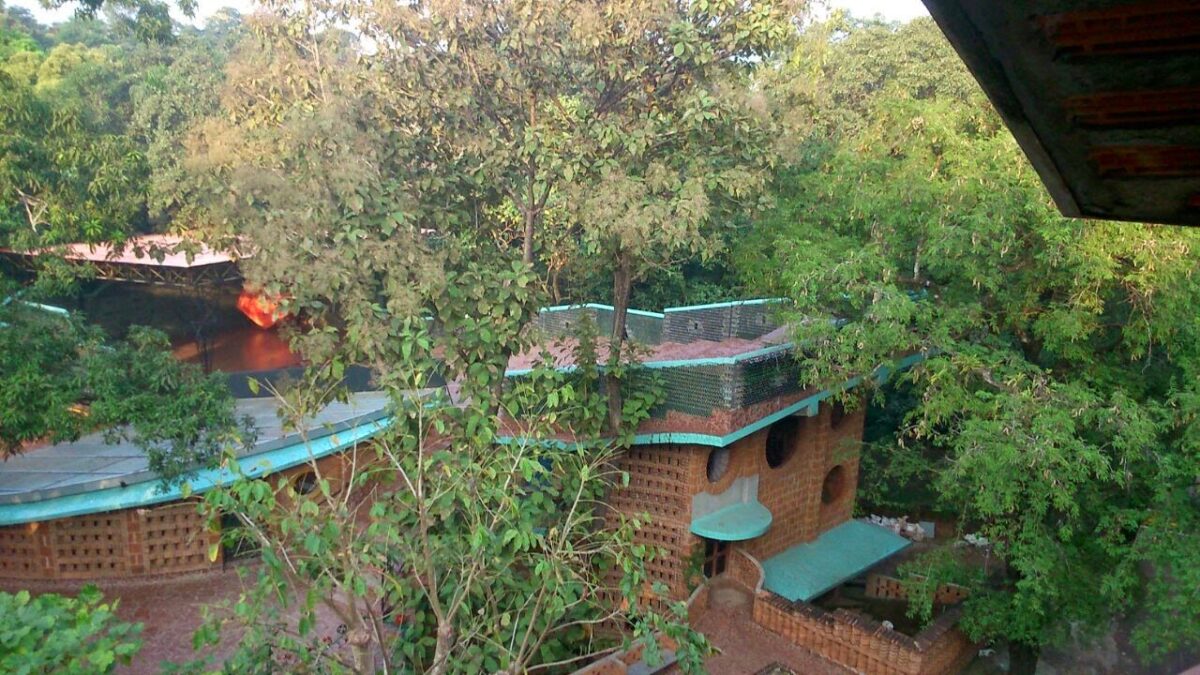 |
| View from the top floor |
Not the museum kind?
Then simply drive around the interior roads along the Mandovi or Zuari River. The almost pot-hole free-roads meander amid hills, paddy fields, ponds, as a tiny village appears suddenly, well camouflaged in the surrounding foliage. It disappears even before you can whip out your camera unless you are able to coax your driver to stop. Walk around the local market or village fair, chat with the local vendors and pick up some fresh Tirphal. Tirphal is a typical spice used in Konkani cuisine. The best option is to simply sit under a tree and watch the world go by. Time seems to stand still and the tranquility in the surroundings imperceptibility infects you. Suddenly you may ask yourself ‘What For this rat race?’
Nature lovers will enjoy the Dr Salim Ali Bird Sanctuary which is open all year round. Visit a workshop of the Azulejos artists who make the typical blue painted ceramic tiles. Their creativity and intricate work has to be seen to be believed.
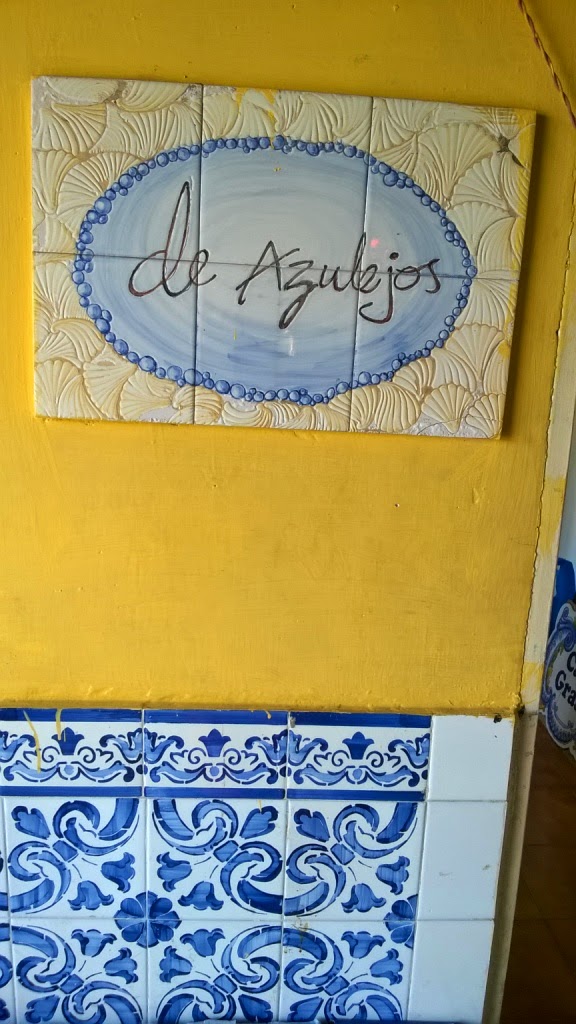 |
| Azulejos |
Take an amazing ride on the river ferry. Look out for the mangroves and keep your binoculars handy to spot birds along the marshland. One simply drives a vehicle right on to the boat which takes you across the river. We paid Rs 10 for our car on the Chorao-Ribander ferry and it was free for two wheelers and people. How cool is that…
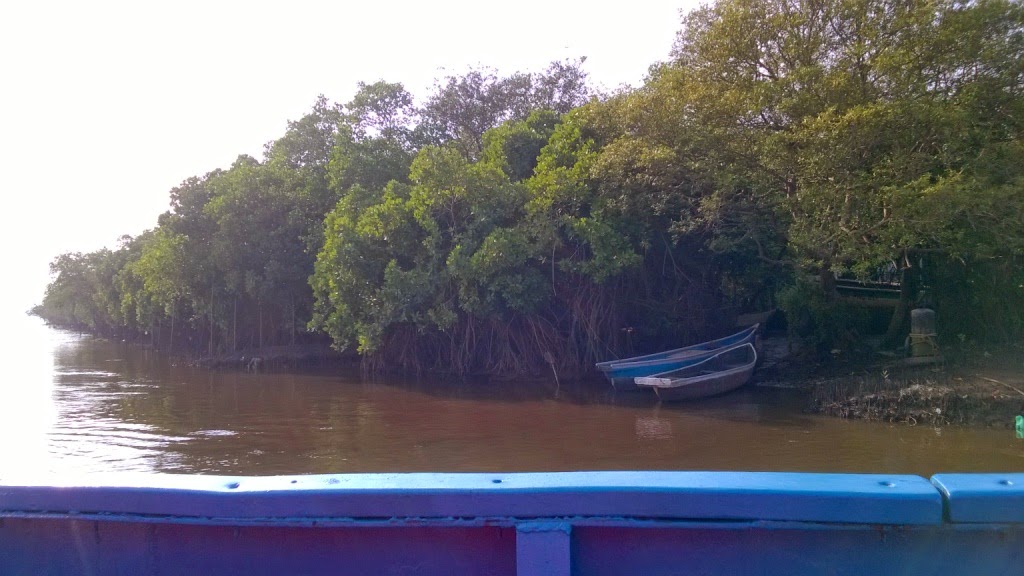 |
| Mangroves |
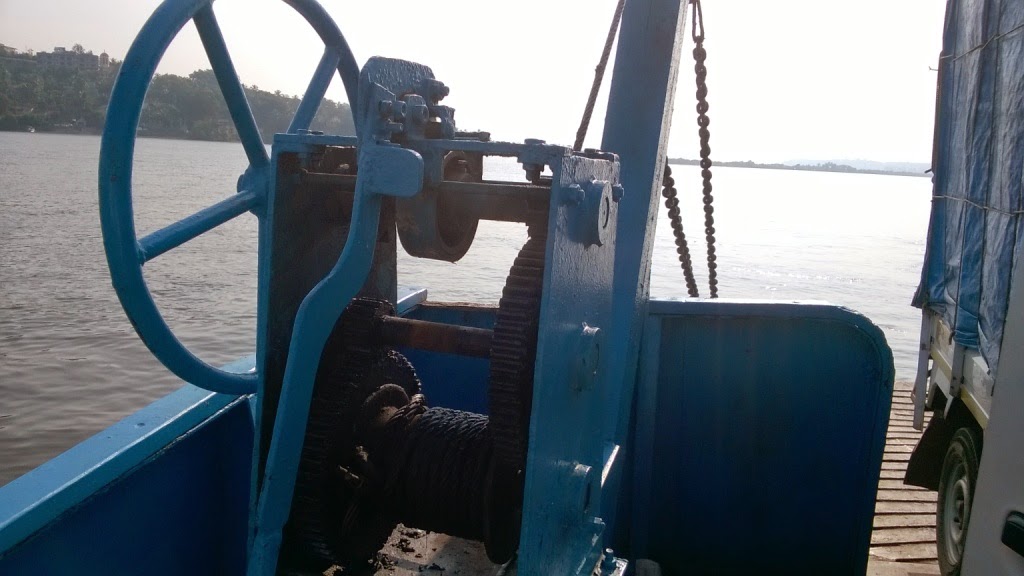 |
| Vehicles drive up the ramp onto the boat which then sails across the river |
If you have time on hand, then drive up to the Tiracol fort situated at the northern tip of Goa. Love cashews? Then a visit a cashew factory should be on the cards. This is not always possible as officials are not keen to entertain tourists. But we got lucky and you, dear readers, will get an e-view of some nutty processing.
But I shall leave that for another post. 😉
Go! Get away from the screen. Goa is waiting for you!
🙂
*These spots are in North Goa.
